Doctrine of Proportionality in Administrative Law
What is the Doctrine of Proportionality?
The Doctrine of Proportionality applies in cases where administrative actions violate rights, and the courts closely examine whether the actions taken by the authority were reasonable and appropriate.
In simple terms, proportionality means that the actions taken should not be more severe than necessary to achieve the intended goal. It’s like saying, "You shouldn’t use a cannon to kill a sparrow." The idea is to ensure a balance between the means used and the ends achieved.
This principle also connects to the concept of "irrationality," which was developed by the courts in the case of Associated Provincial Picture House v. Wednesbury. This case led to what is known as the "Wednesbury test," used to determine if an administrative decision is irrational. A decision may be considered irrational if:
- It goes beyond the legal authority.
- It’s not based on evidence.
- It relies on irrelevant factors.
- It’s so illogical or morally outrageous that no reasonable person would make such a decision in the given circumstances.
In essence, the Doctrine of Proportionality ensures that government actions are reasonable, balanced, and within their legal bounds.
What is the Doctrine of Proportionality in General Sense?
The Doctrine of Proportionality is closely related to the idea of "reasonableness." When courts review decisions, they consider whether the actions taken were fair and appropriate. While Indian courts have long used this doctrine, English courts began applying it more in administrative law after the Human Rights Act of 1998.
In general, the Doctrine of Proportionality applies in situations where administrative actions violate human rights. When this happens, courts carefully examine the actions taken by the authorities. They weigh the negative impact on rights against the intended goal of the action. However, when it comes to penalties imposed by regulatory authorities, courts are generally less strict in their scrutiny. The courts recognize that while the severity of the punishment is up to the regulatory authority, it’s important to avoid any arbitrary decisions.
This approach is sometimes referred to as the "deference concept," where courts respect the authority’s decision unless it is clearly excessive.
When assessing an administrative action based on proportionality, courts usually focus on two key questions:
- Did the decision-makers properly weigh and balance the different objectives or interests involved?
- Was the action taken overly restrictive or did it impose an unnecessary burden in the given situation?
Cases Dealing with Doctrine of Proportionality
In the case of Association of Registration Plates v. Union of India, the Court observed that judicial review of administrative actions is limited to examining the fairness of the decision-making process, not the decision itself. Simply having a different opinion is not enough to justify intervention. Courts will only step in if the decision is found to be illegal, irrational, procedurally improper, or disproportionate.
In Coimbatore District Central Coop Bank v. Employees Association, the Supreme Court ruled that the doctrine of proportionality prevents the administration from using excessive force when a simpler solution would be enough. The court emphasized that administrative decisions should be carefully analyzed to ensure that the measures taken are appropriate and not overly harsh. However, the court also recognized the need to balance this approach with the need for flexibility in decision-making.
In Council of Civil Services Union v. Minister of Civil Services, Lord Diplock outlined the key principles of judicial review for administrative actions: illegality, procedural impropriety, and irrationality. He also mentioned that the doctrine of proportionality might eventually become a principle of judicial review, similar to how it's used in some European Economic Community member states. Illegality, in this context, means that no authority should act beyond the powers granted to it.
The House of Lords in R. v. Secretary for Home Affairs, ex parte Brind stated that the doctrine of proportionality cannot be a part of administrative law in England unless the European Convention on Human Rights and Fundamental Freedoms is incorporated into domestic law by Parliament.
Lord Bingham in R. v. Ministry of Defence, ex parte Smith stated that when the appellants' human rights are at stake and the issue is justiciable, the Court can step in and take on the role of the primary decision-maker.
In Union of India v. G. Ganayutham, the Supreme Court ruled that the rule of proportionality fully applies in cases where the court needs to determine if a restriction on fundamental rights is reasonable. However, its use in administrative law is still developing. Currently, the court cannot use this doctrine to question the choices or priorities set by an administrator.
Proportionality involves balancing different interests or goals and ensuring a reasonable connection between the methods used and the outcomes achieved. It requires identifying the relevant interests, assigning importance to them, and then determining if the actions taken by a public body are appropriately balanced. The analysis typically follows a three-step process.
The court typically considers three main questions:
- Was the measure necessary to achieve the desired objective?
- Was the measure appropriate for reaching that goal?
- Did the measure impose an excessive burden on the individual? This final question is often referred to as "proportionality stricto sensu."
In the case of P.D. Aggarwal v. State Bank of India, the Supreme Court noted that the court's ability to interfere with the severity of punishment is very limited and only applicable in exceptional circumstances. The court also mentioned that even verbal abuse could lead to dismissal from service, applying the doctrine of proportionality in a limited way.
In State of U.P. v. Sheo Shanker Lal Srivastava, the court observed that the doctrine of proportionality is becoming more influential compared to the Wednesbury unreasonableness, leading to a more thorough and detailed review of administrative actions.
In Suresh Madan v. General Medical Council, the court recognized a significant difference between a reasoning test that involves greater scrutiny and a proportionality test. While many cases might be resolved similarly under both approaches, the proportionality test provides a more in-depth analysis. This approach allows the court to closely examine the balance struck by the decision-maker and consider the relative importance of the interests involved, which is not typically done under other tests.
Share
Related Post
Tags
Archive
Popular & Recent Post




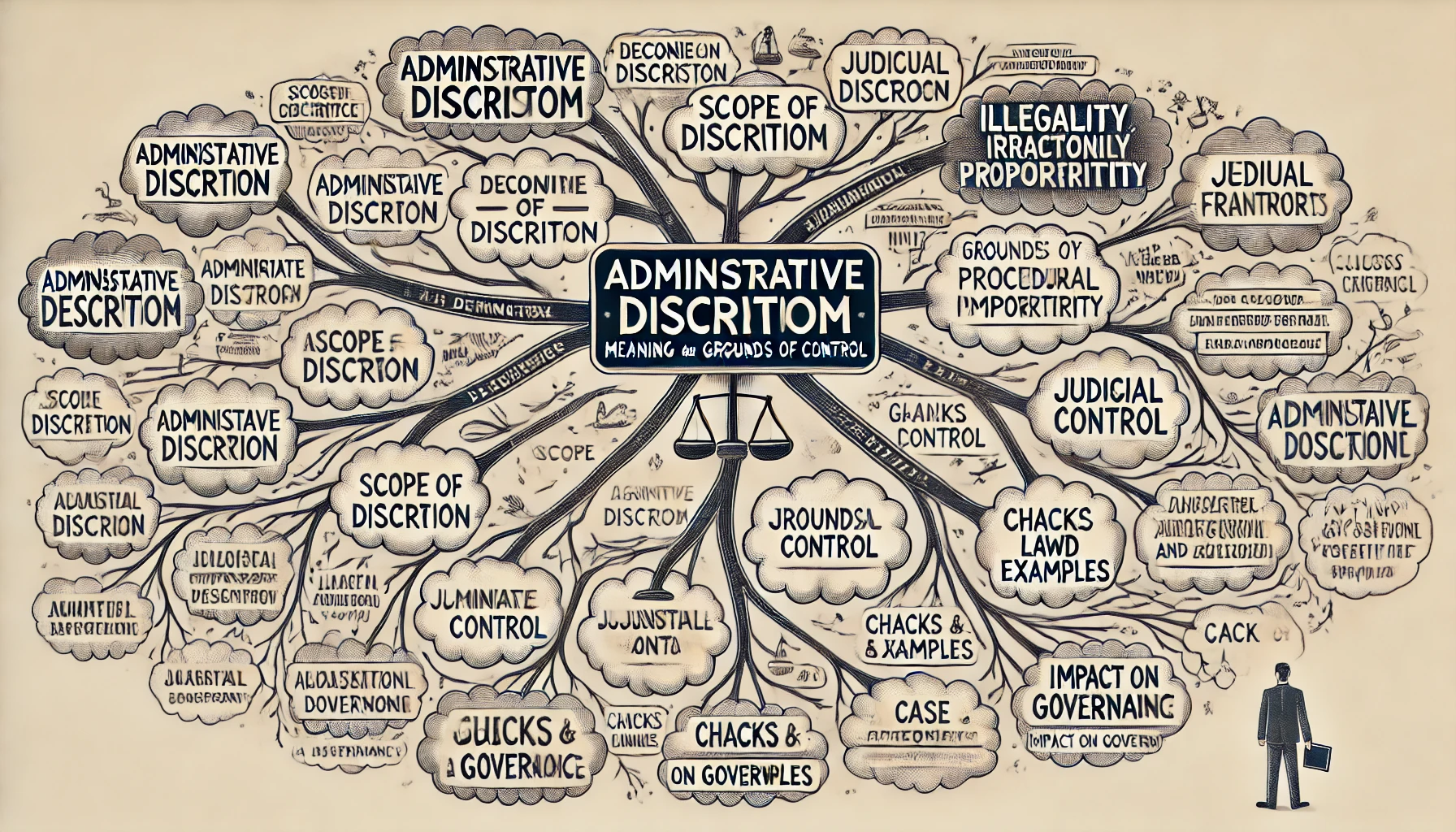
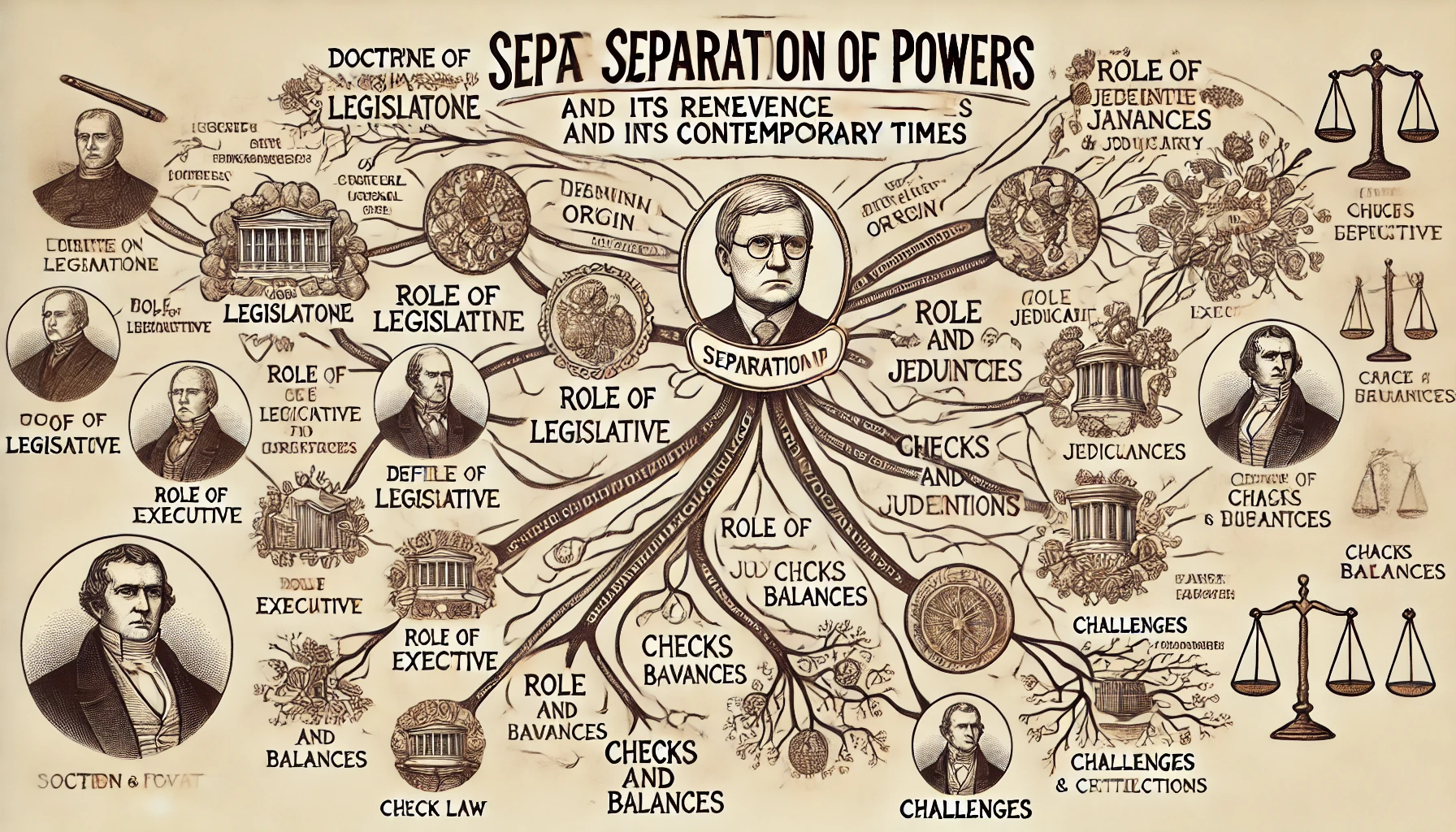
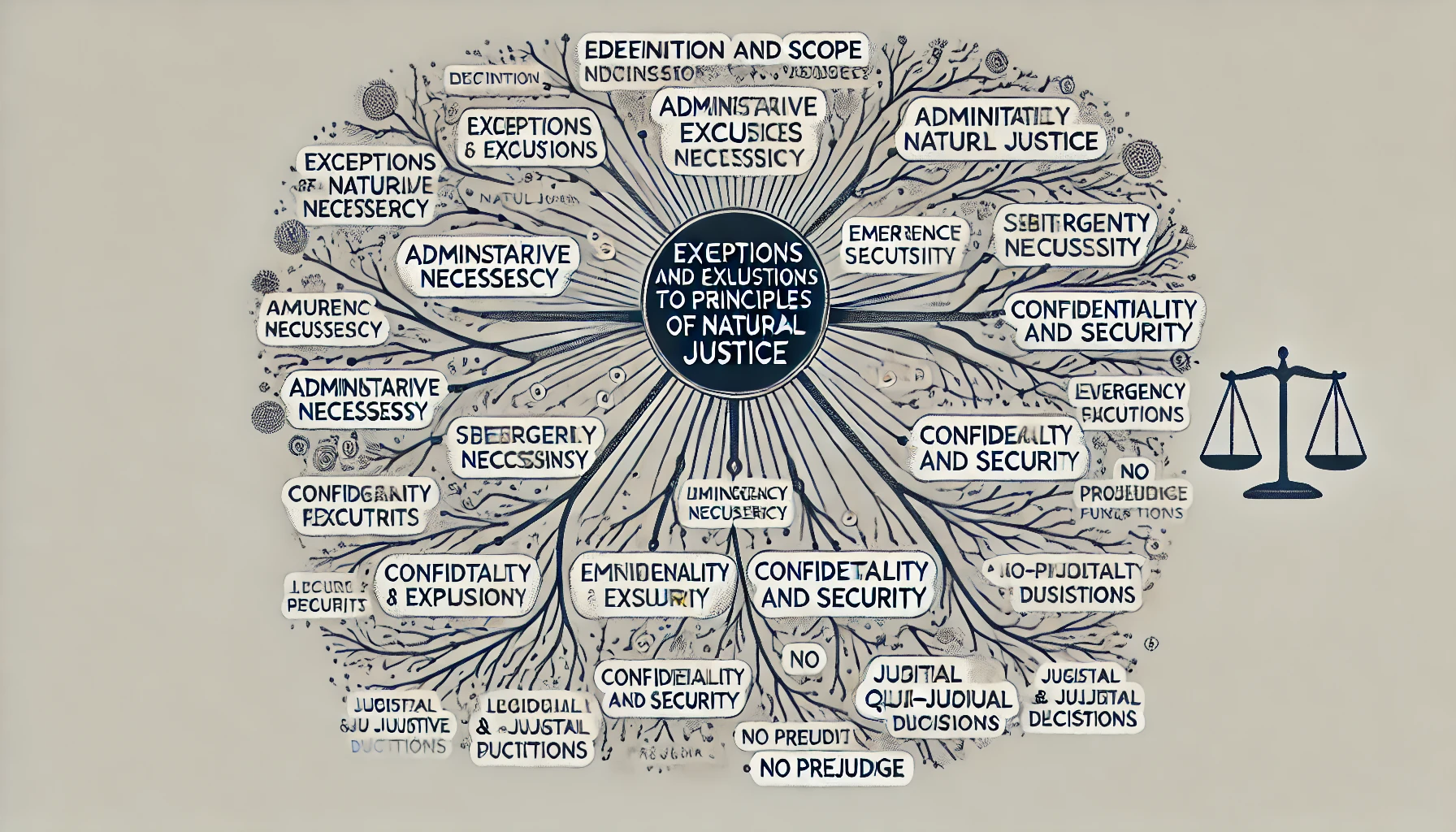
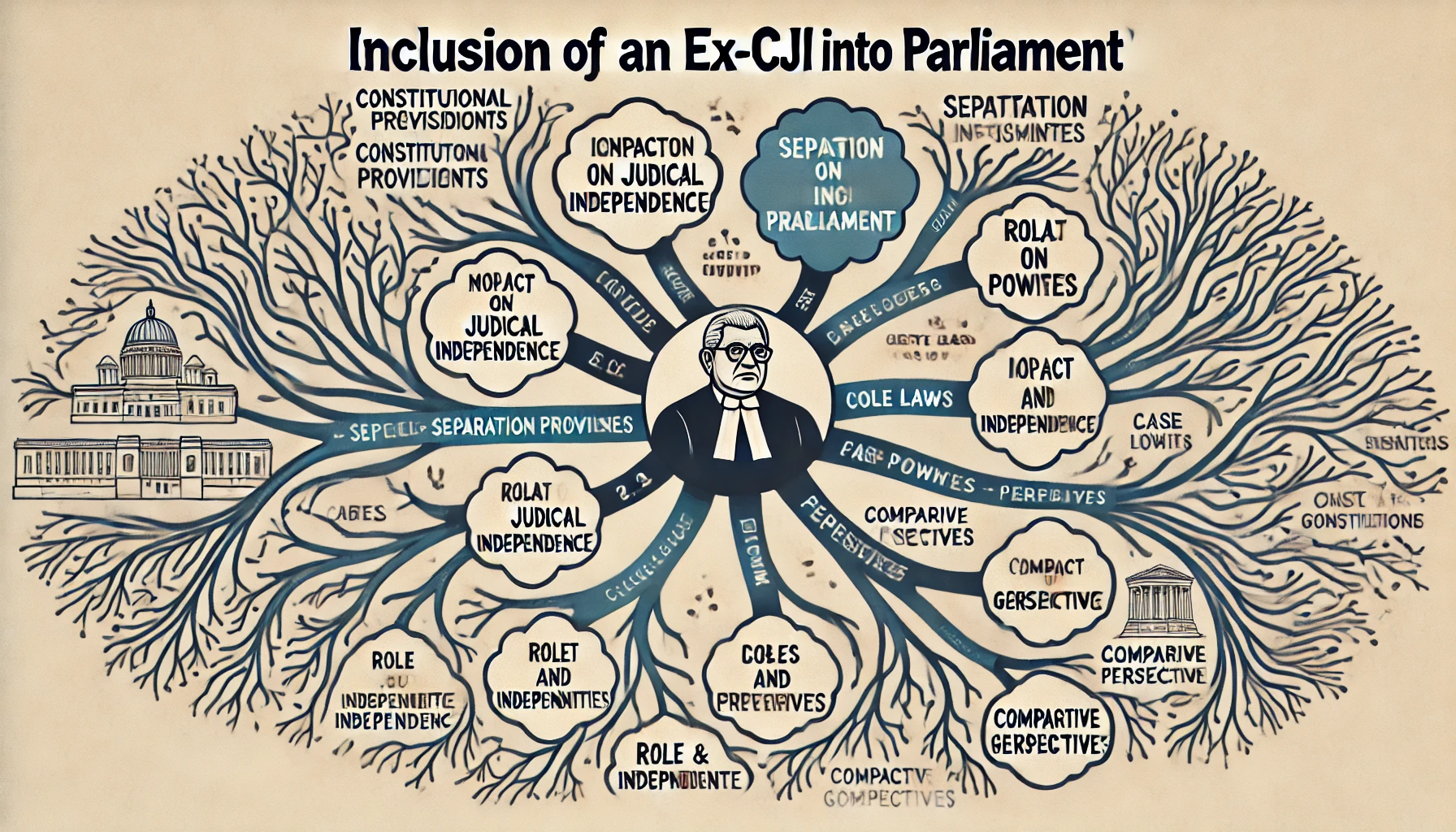
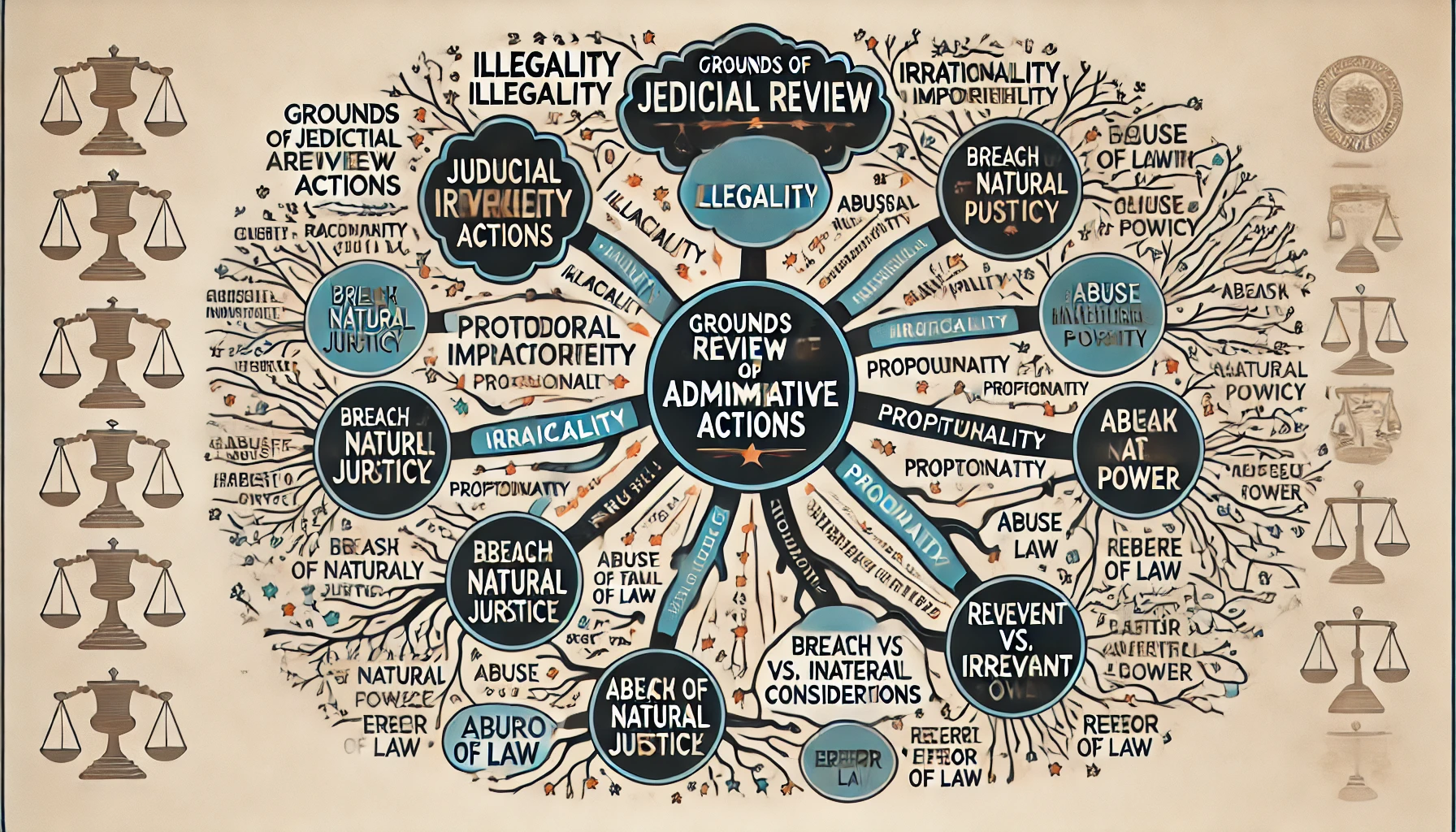
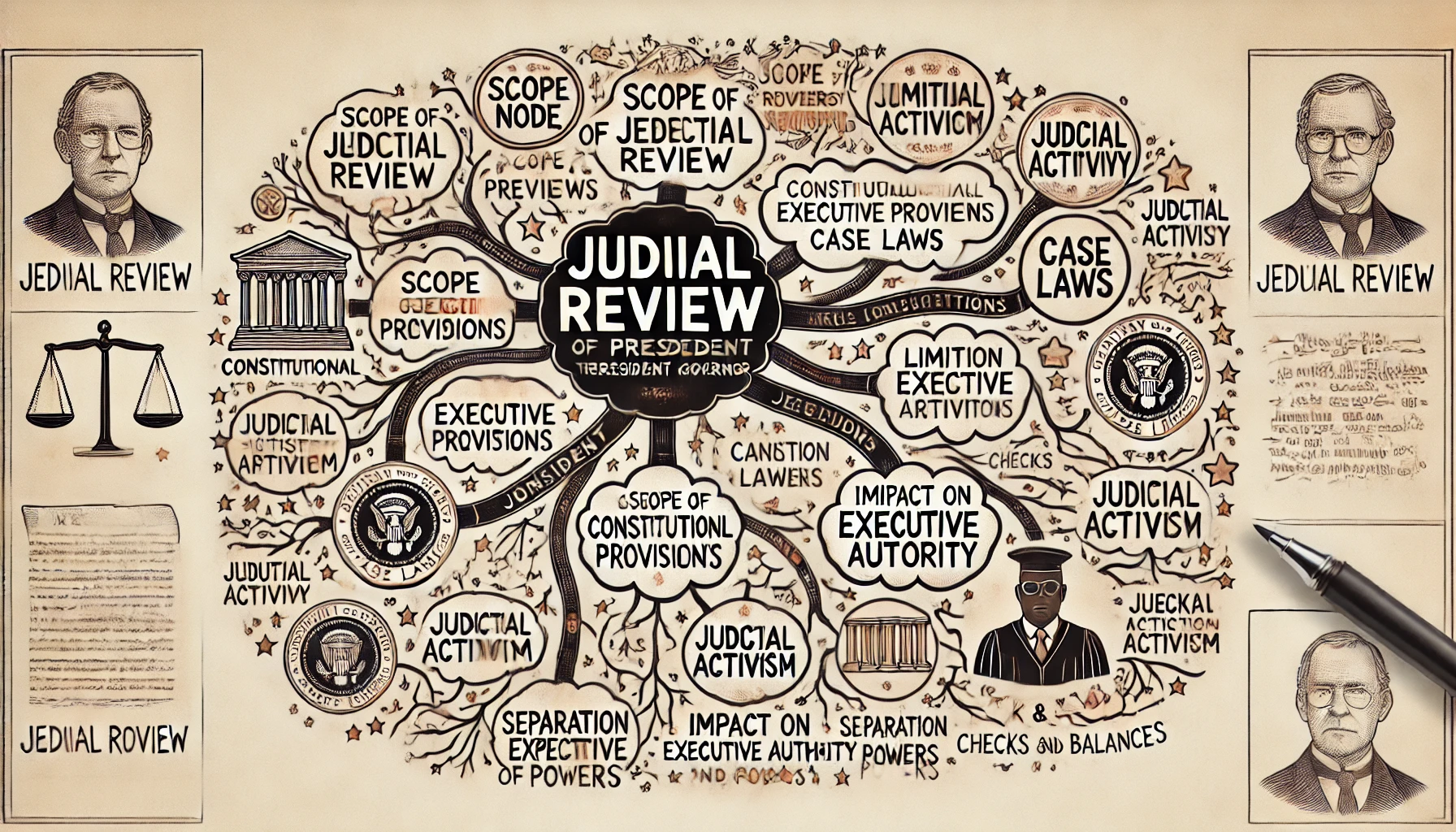
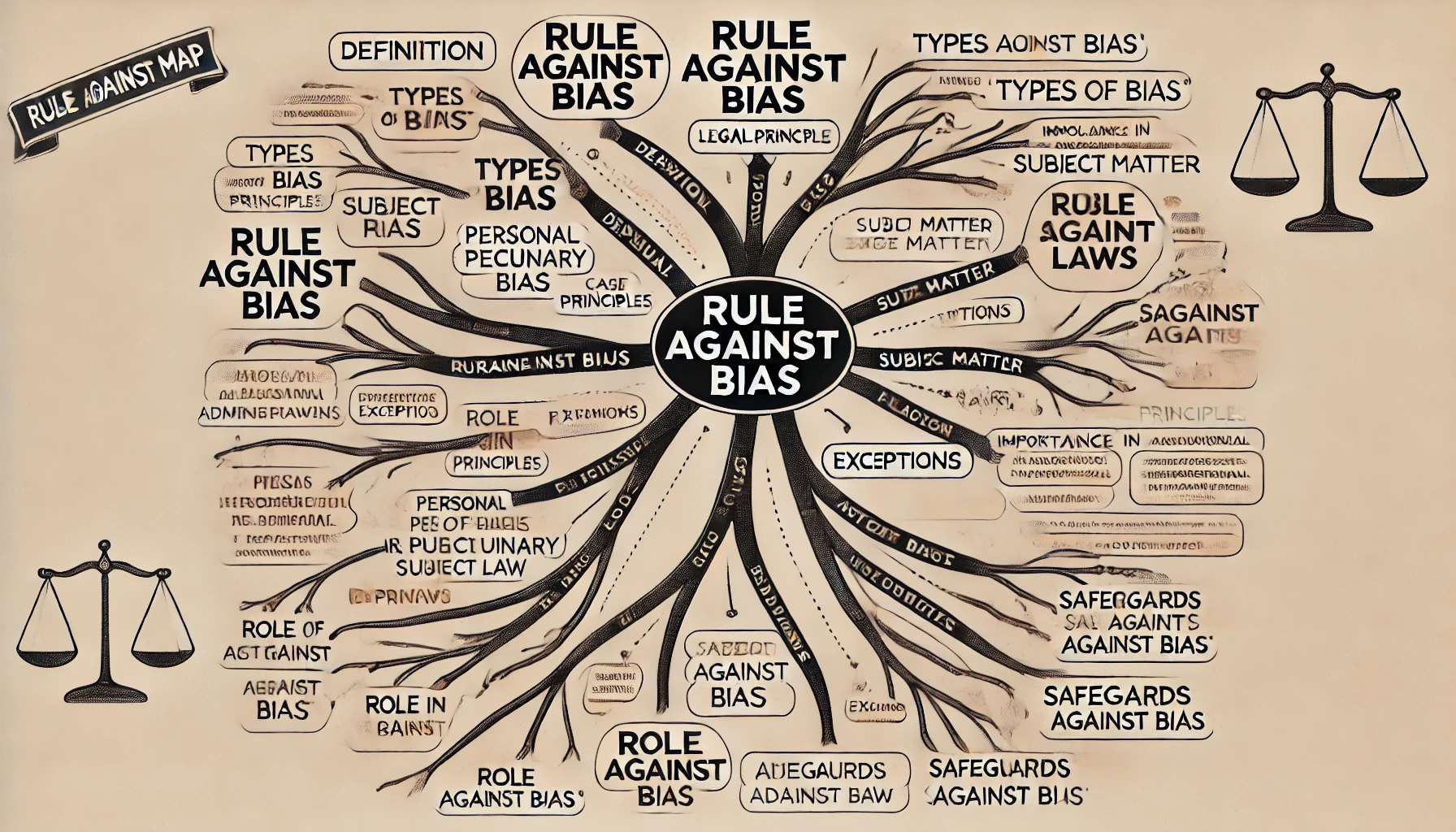
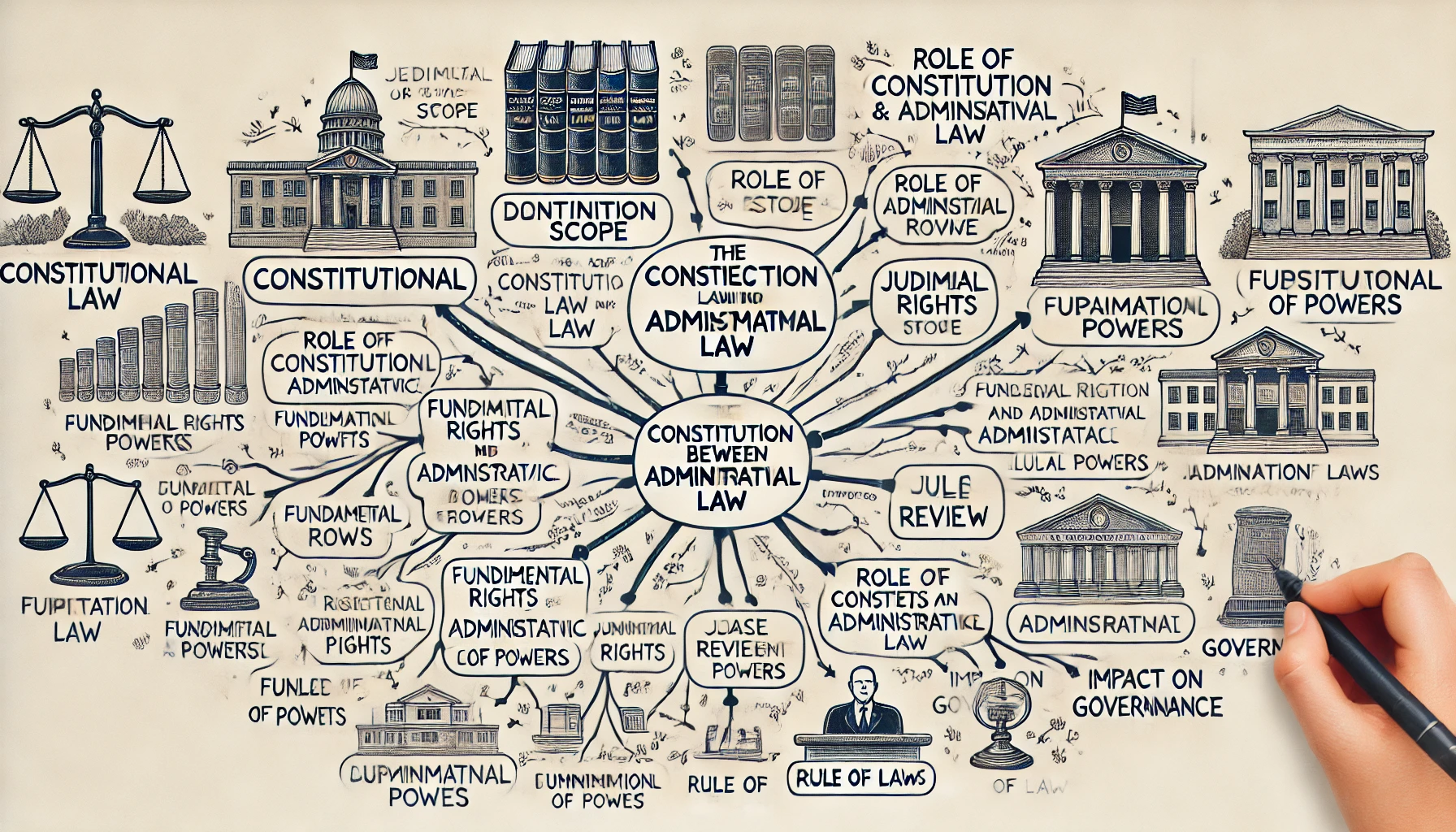
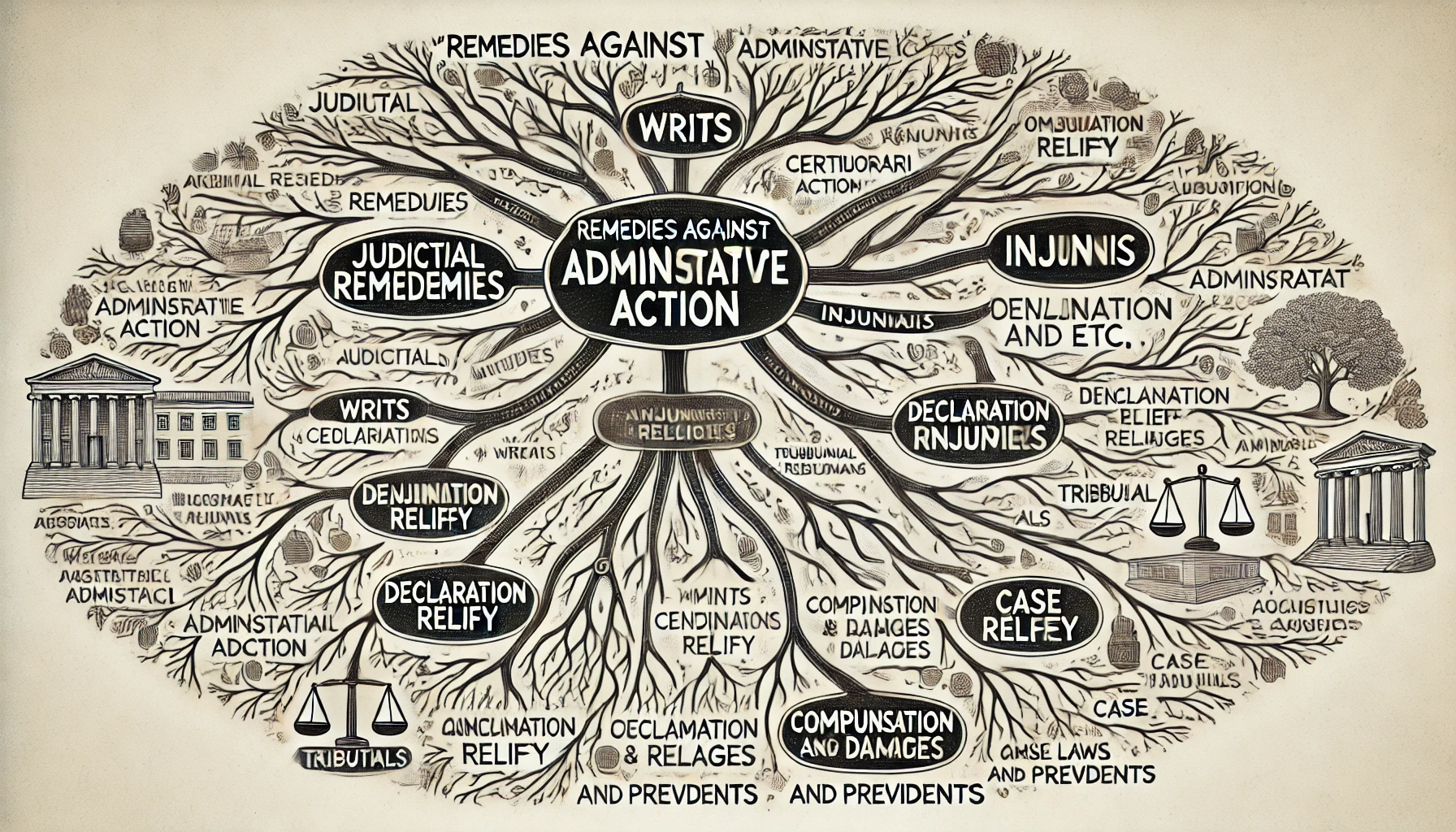
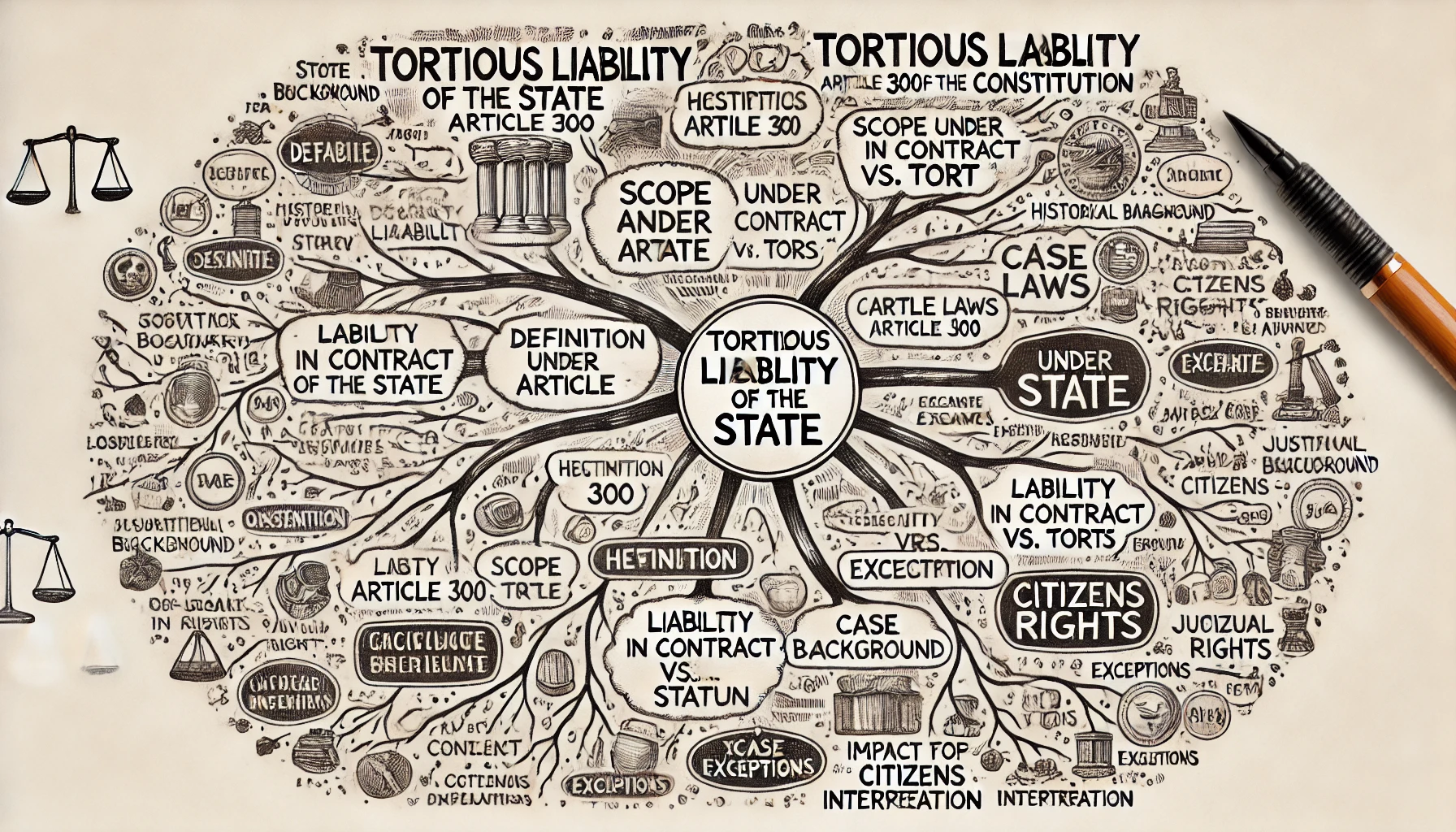
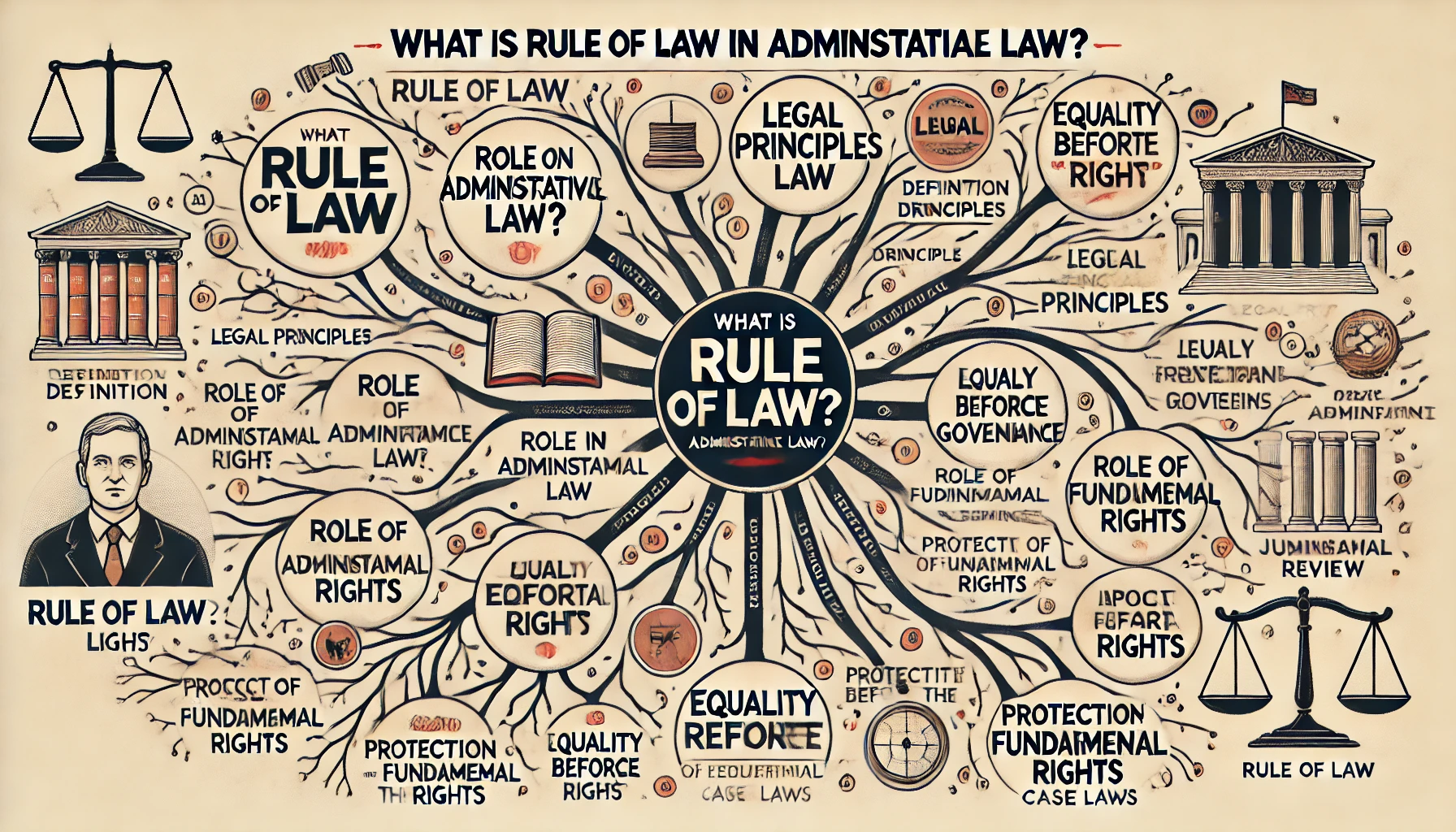
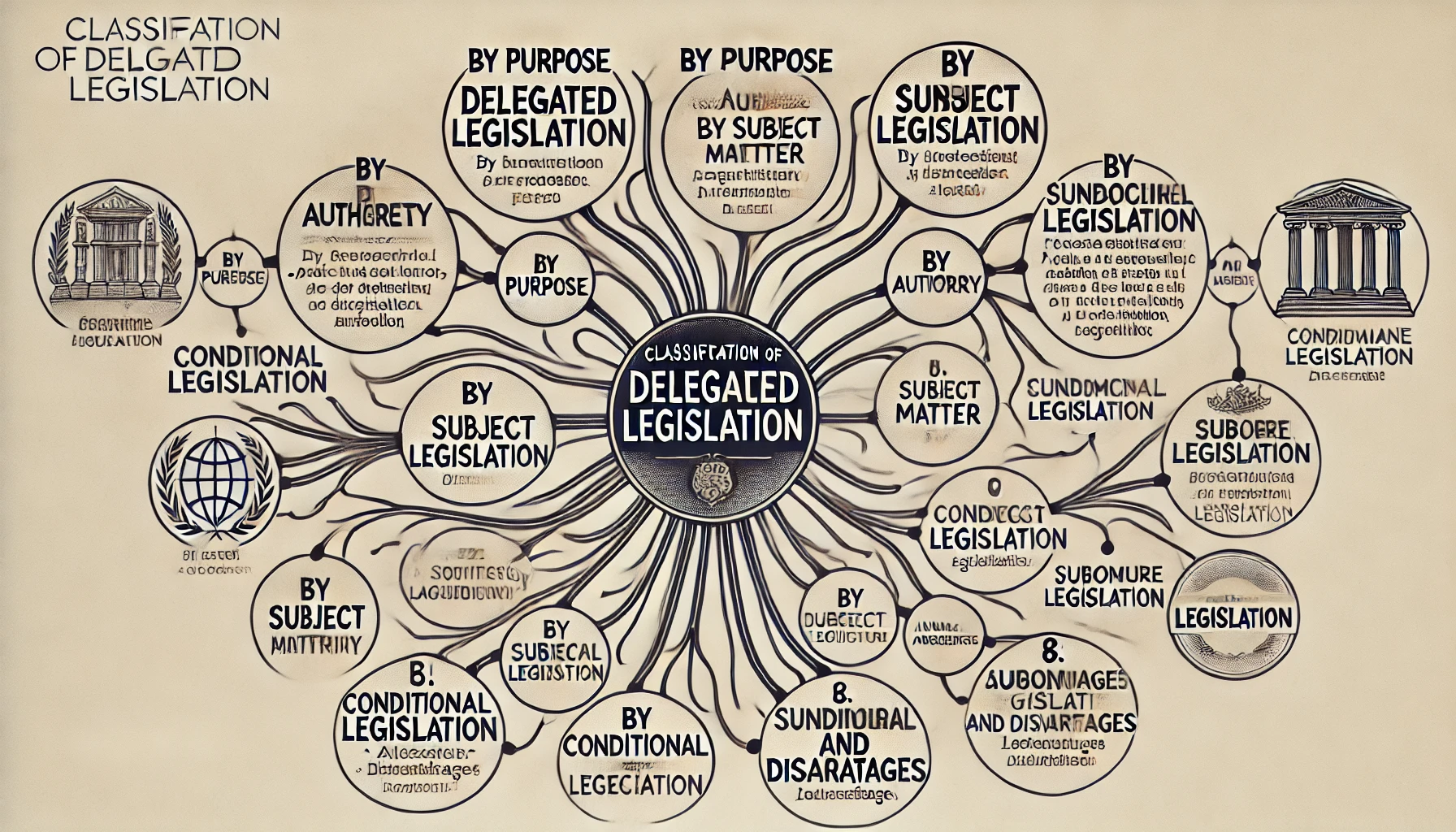

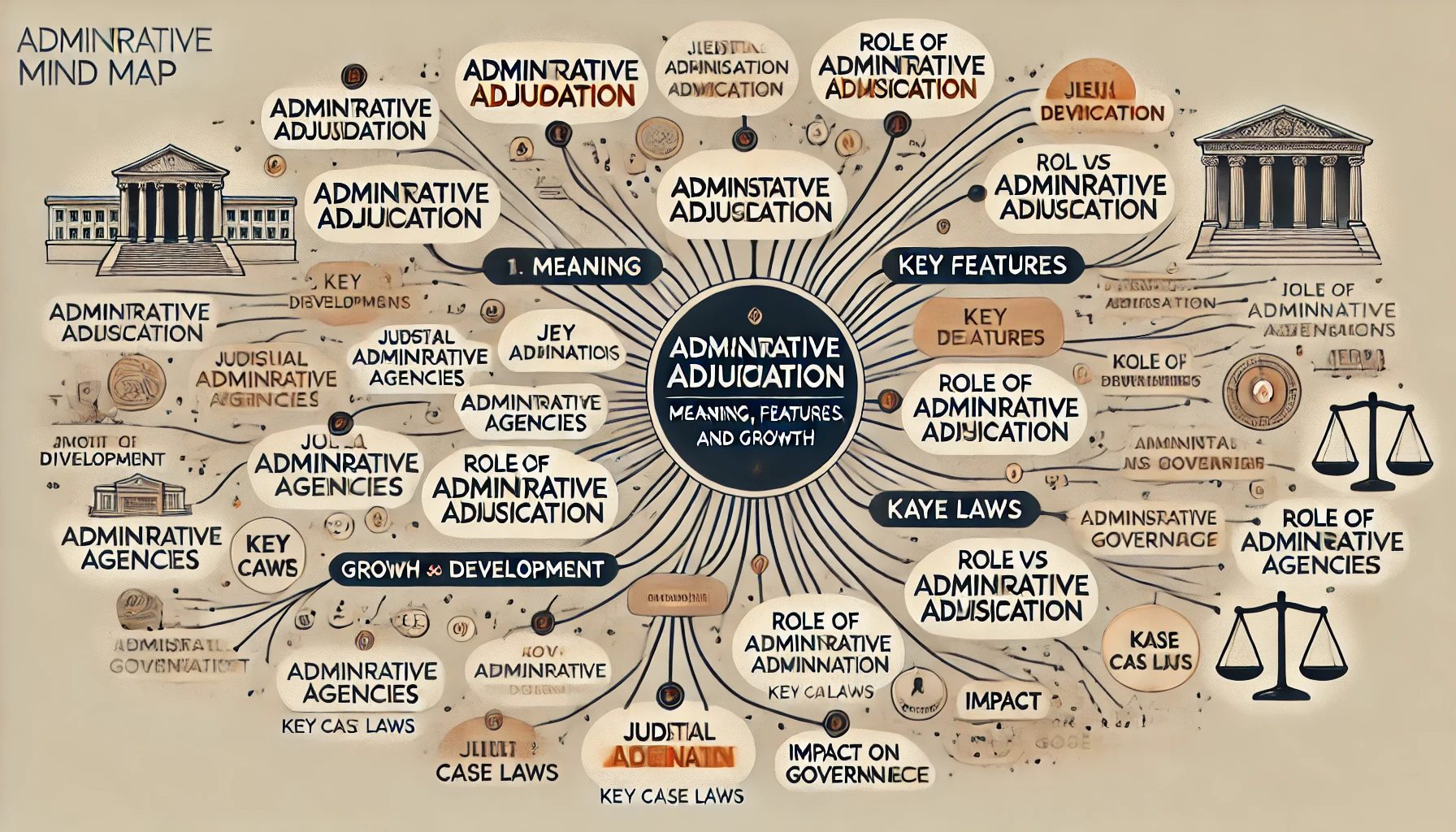
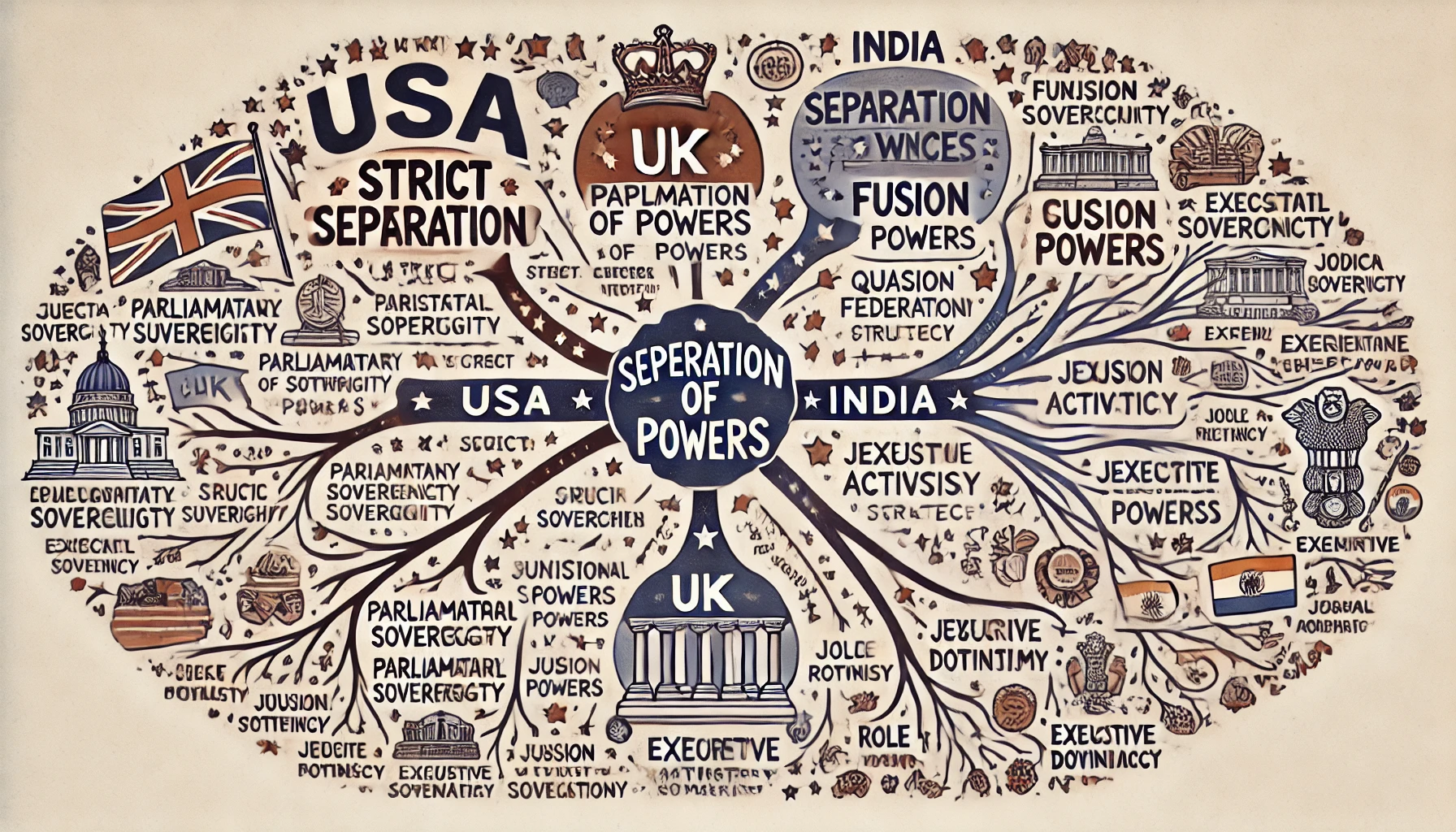
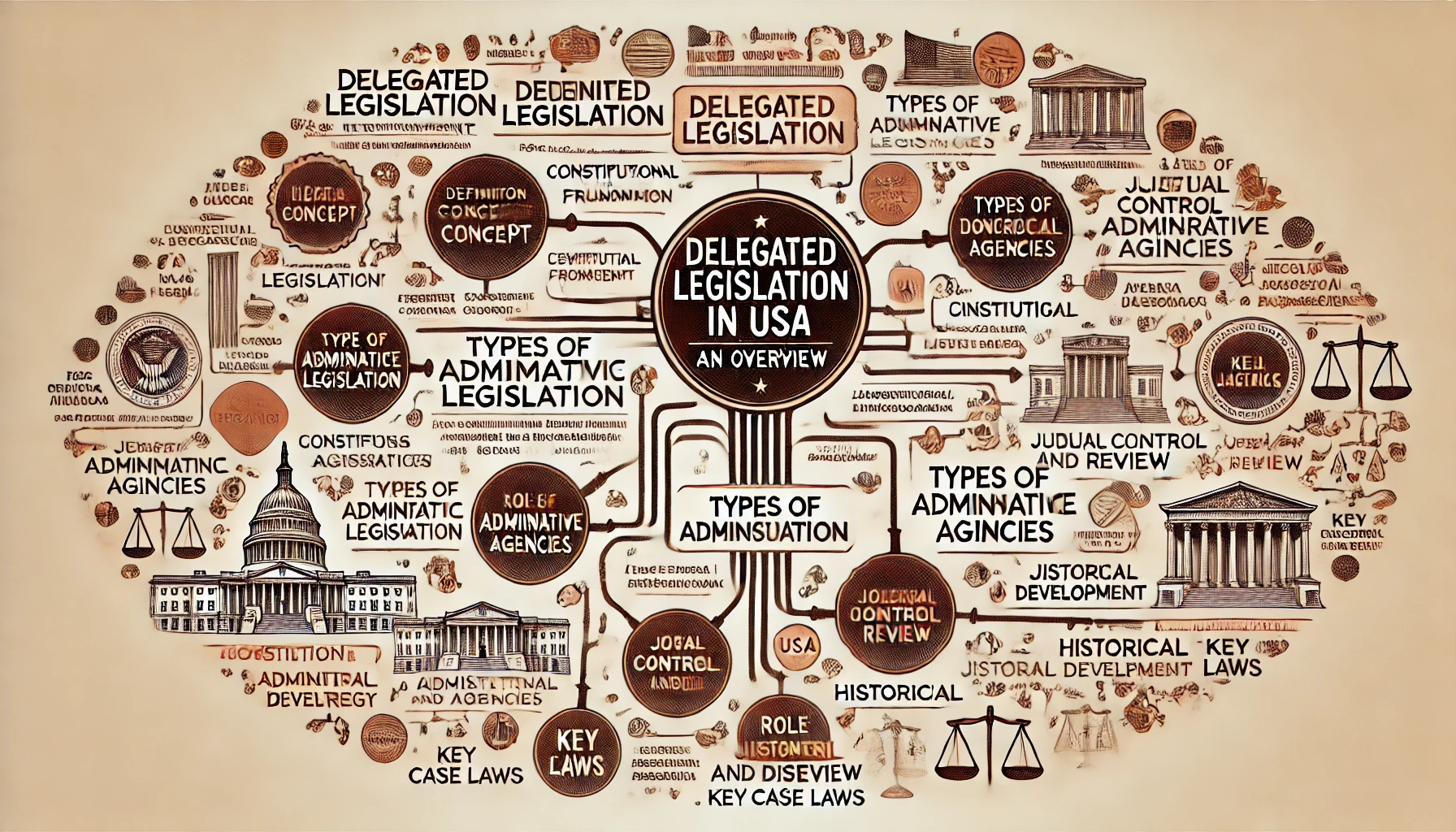
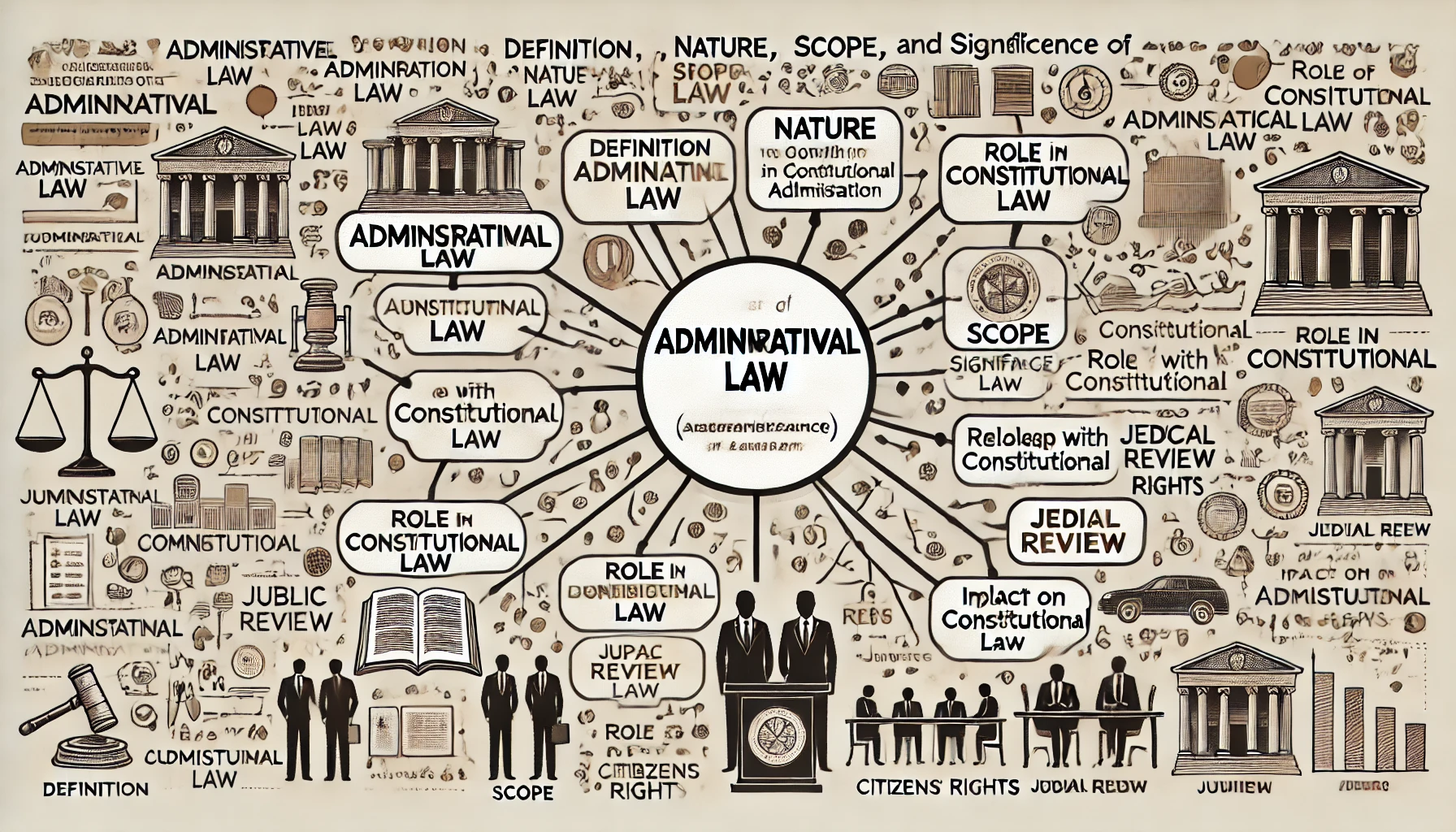
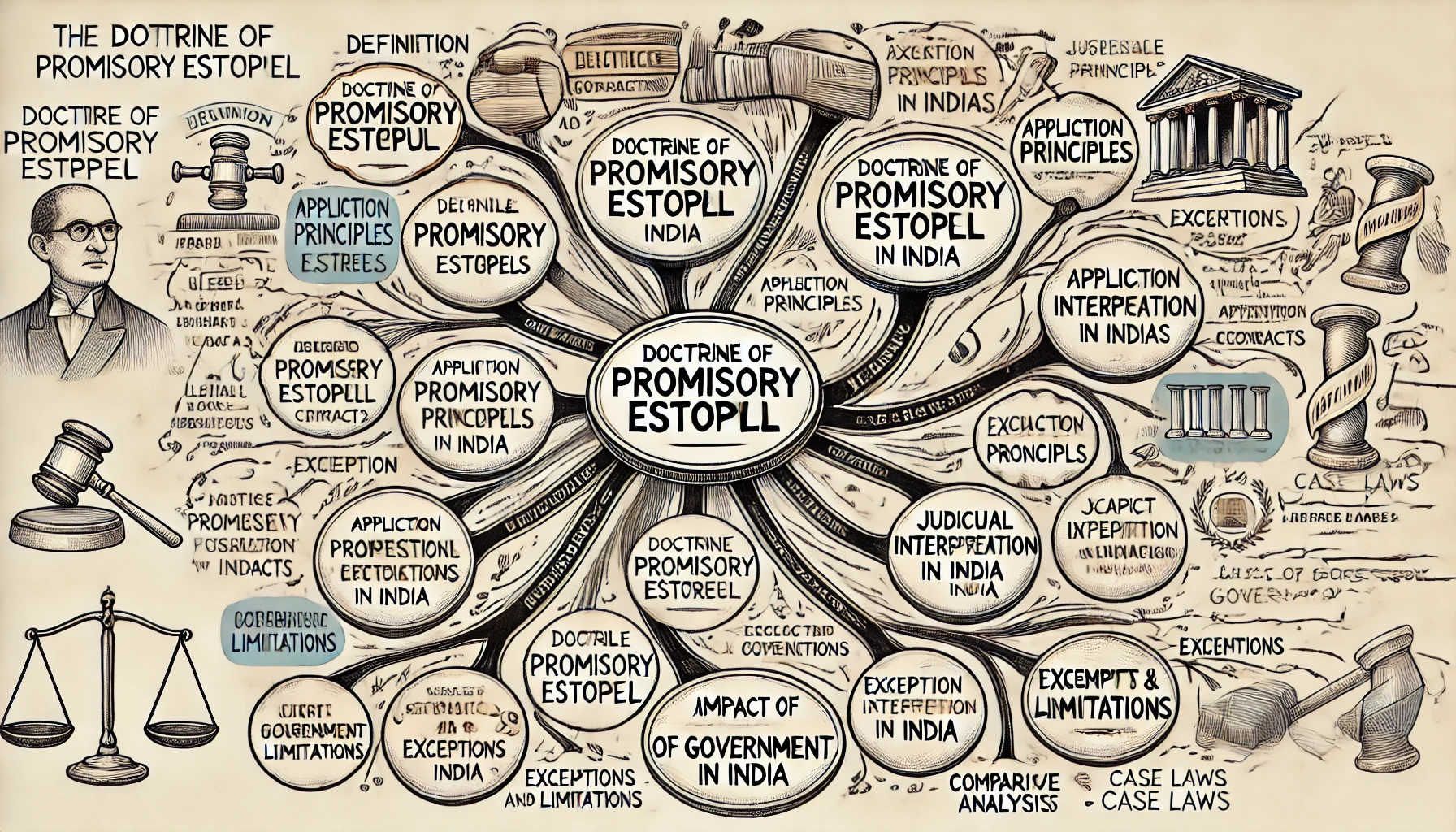
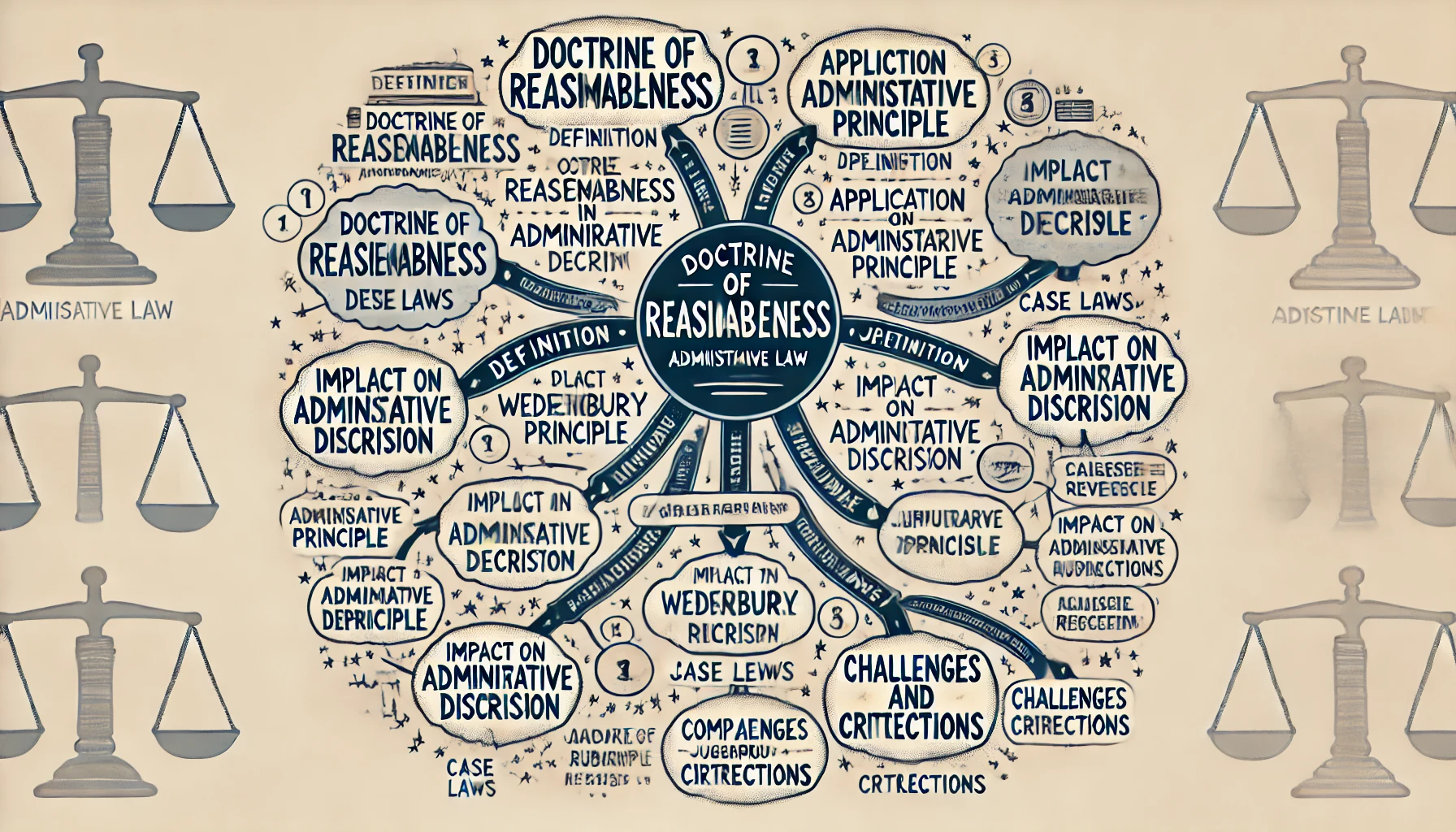
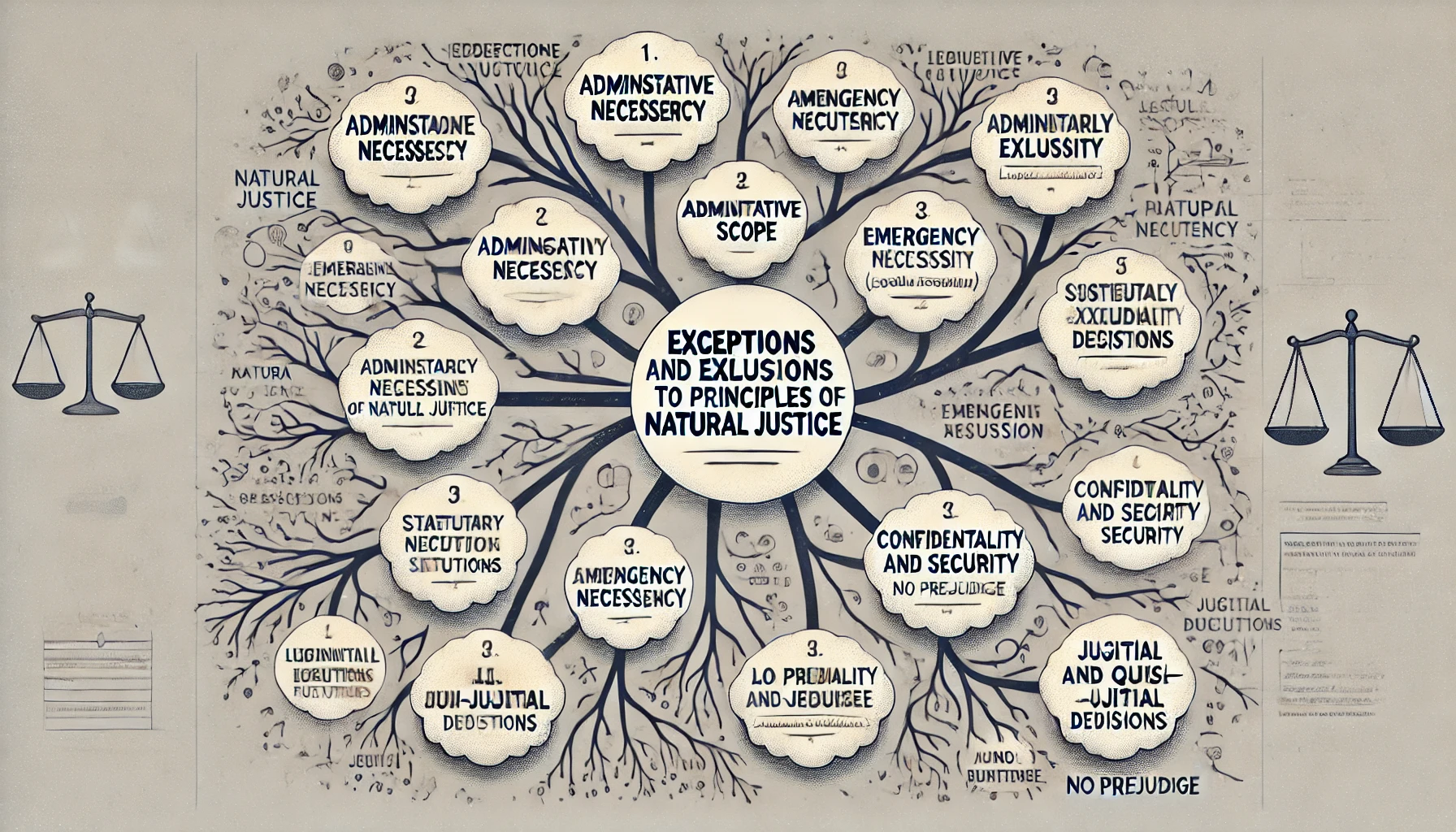
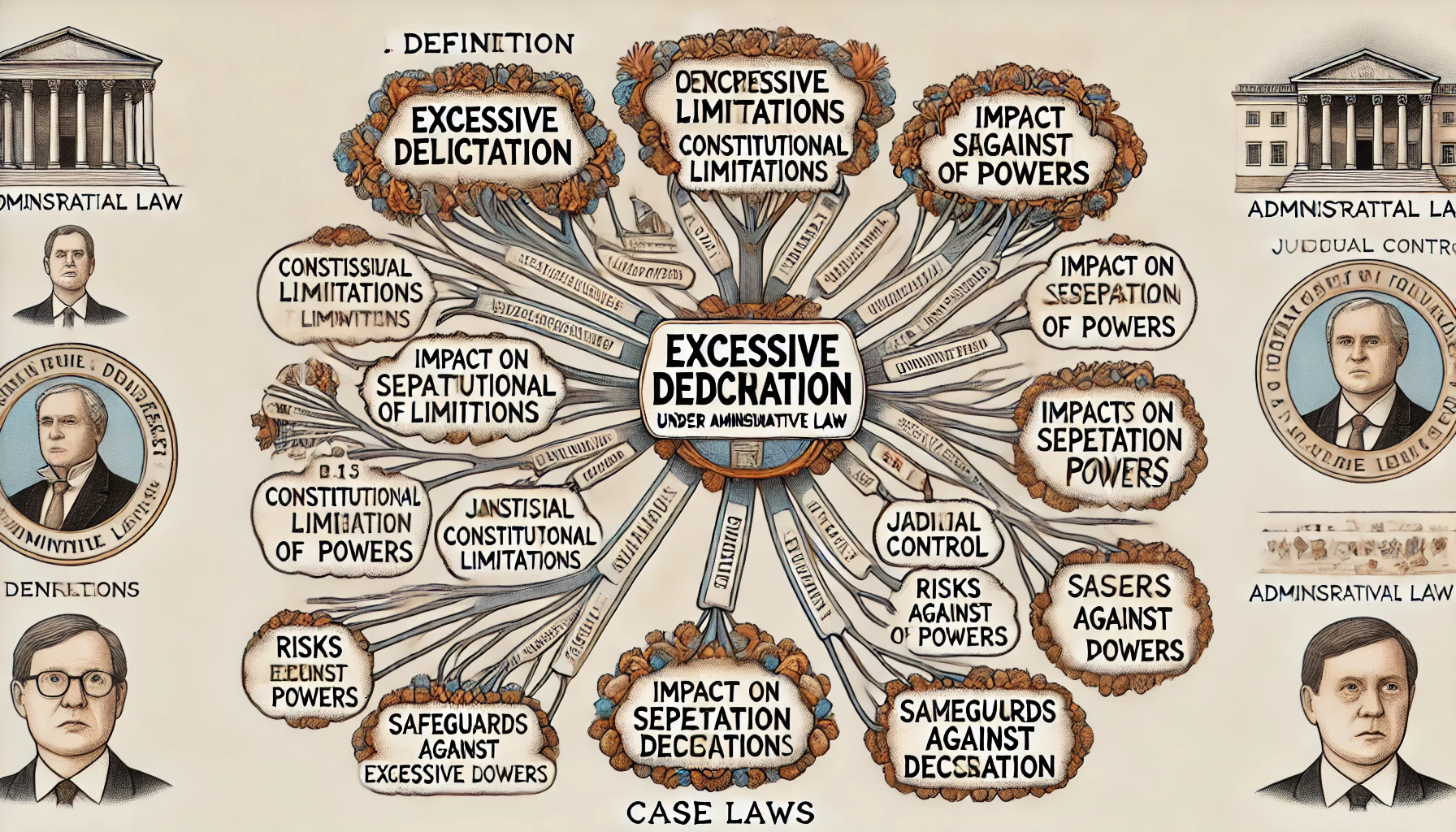
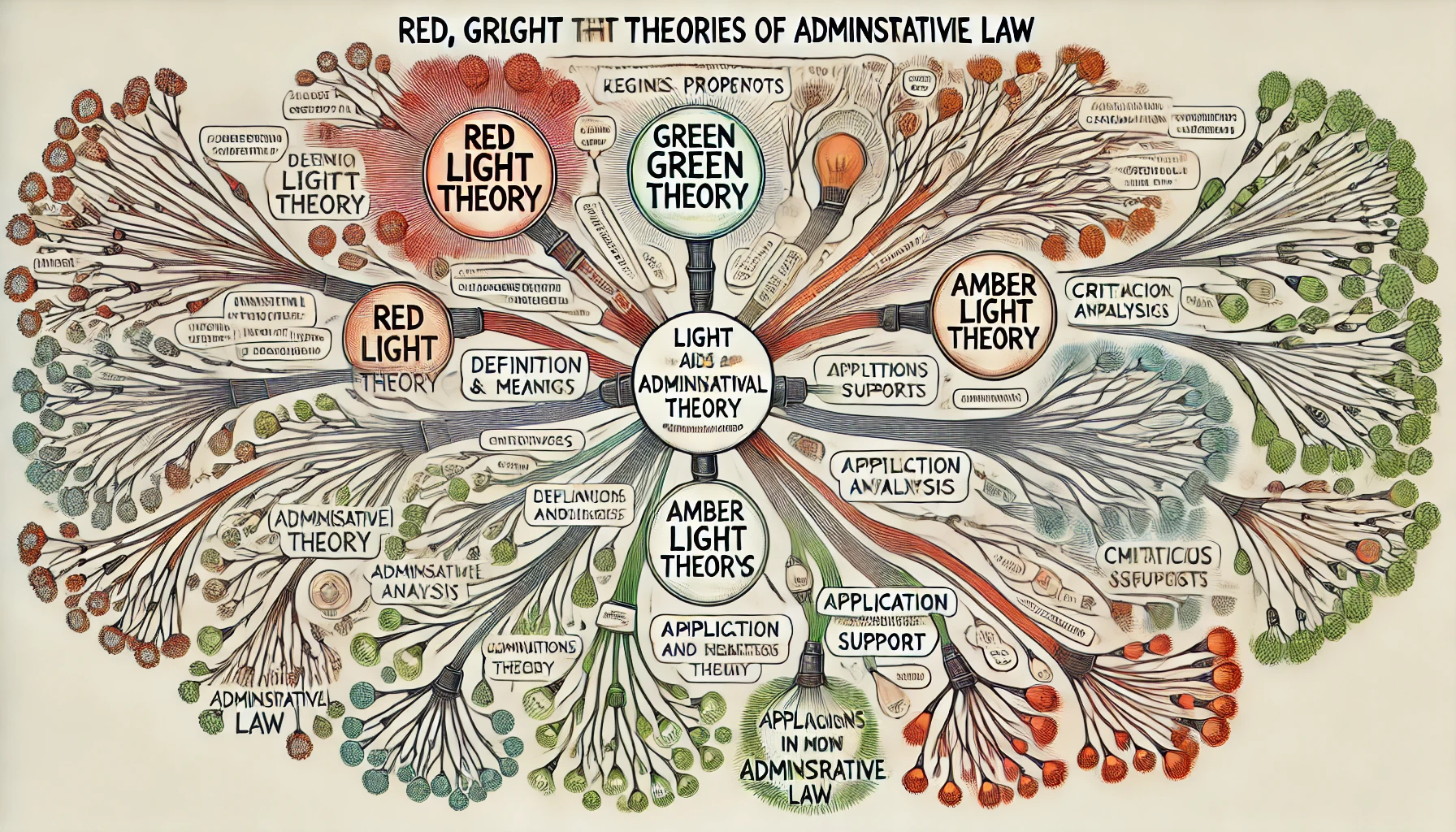
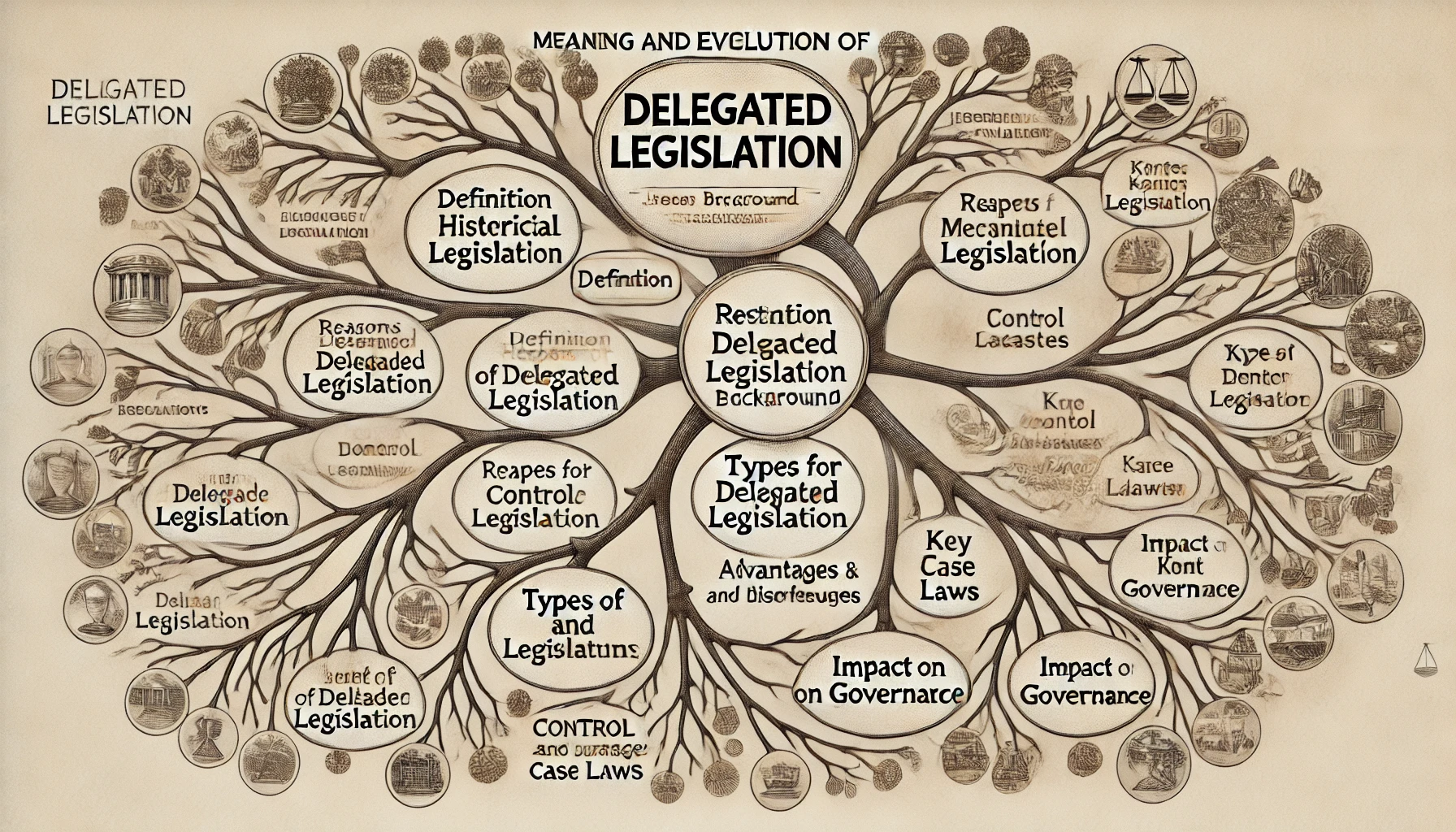
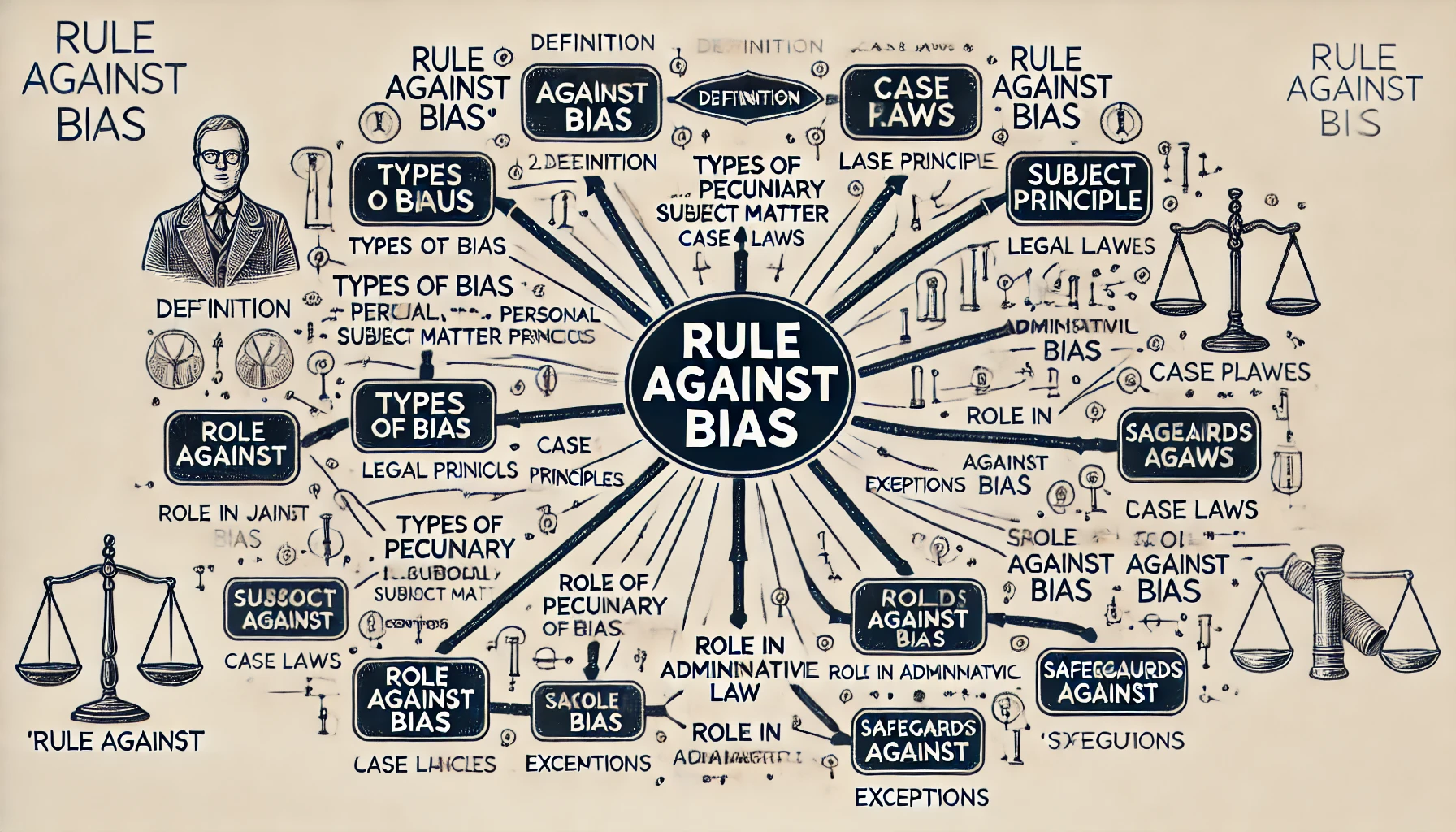
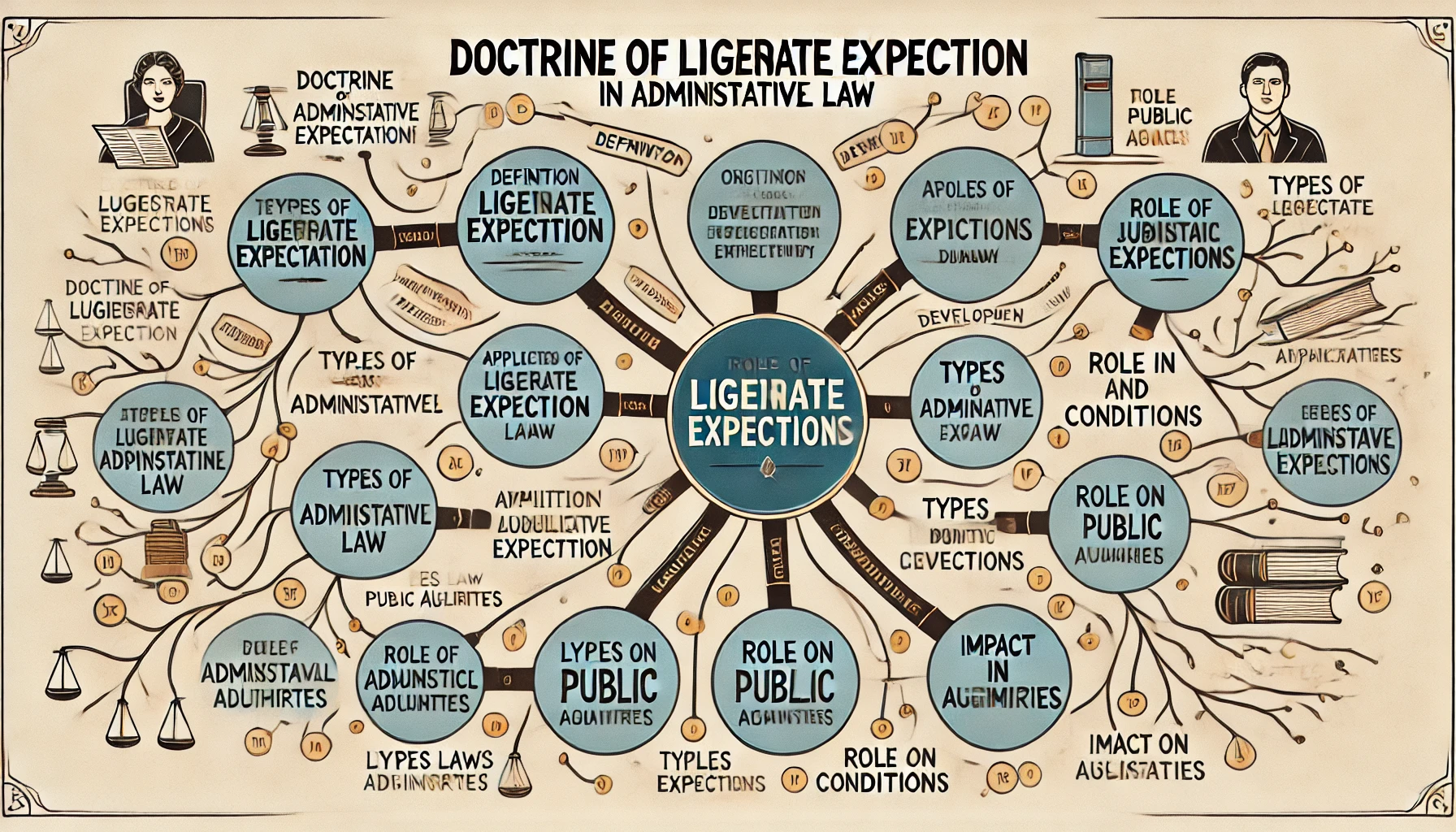
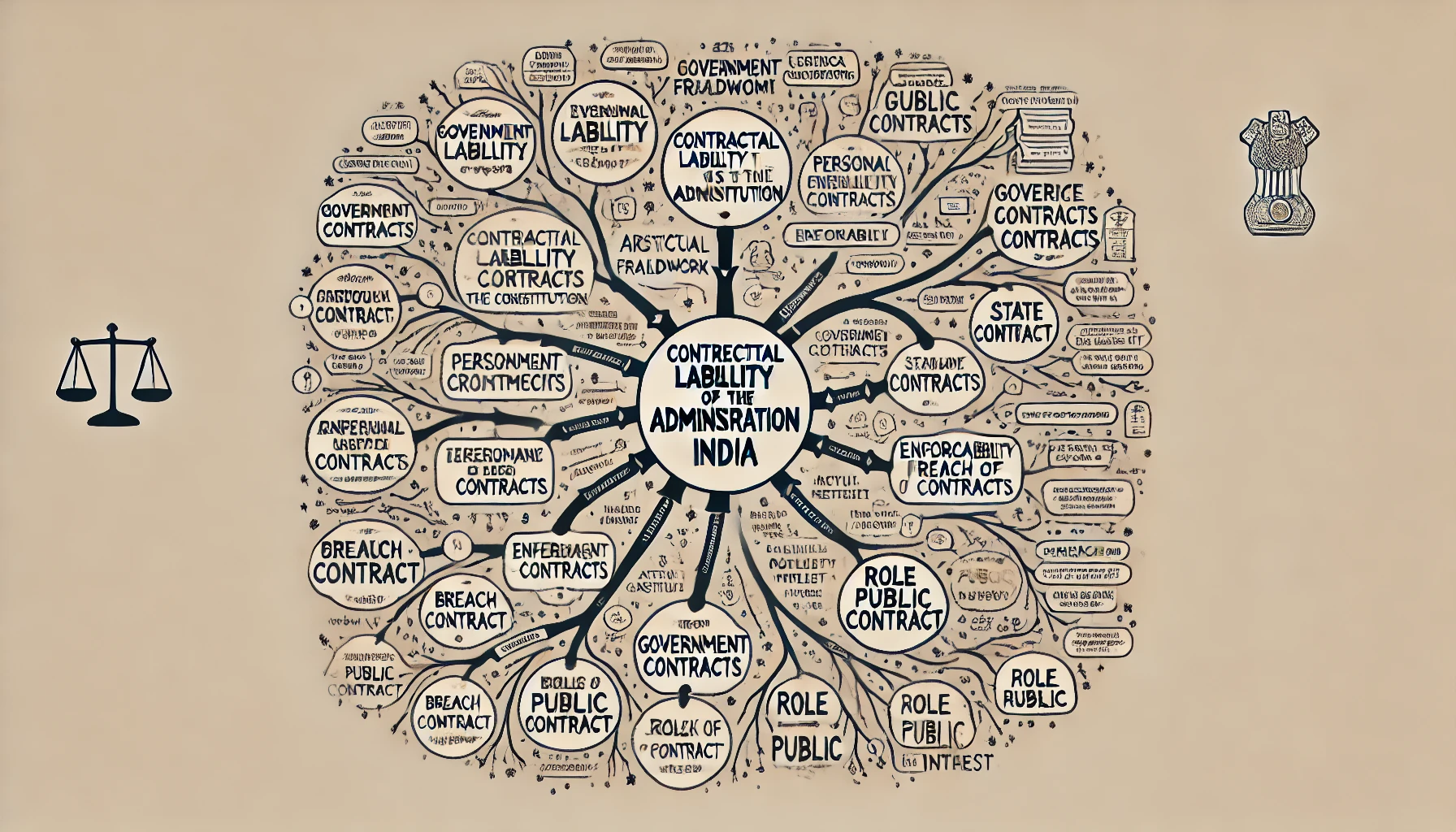
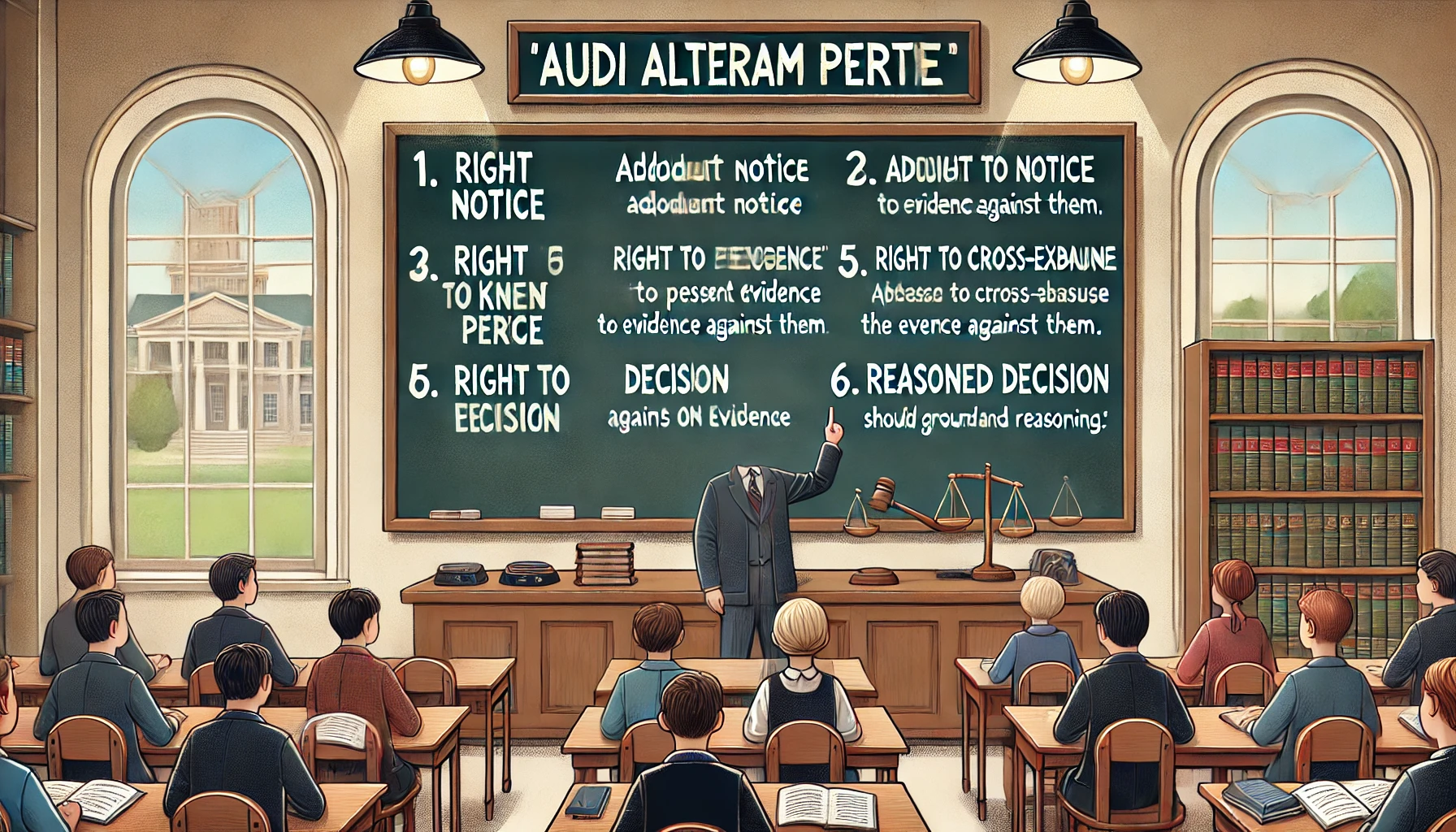



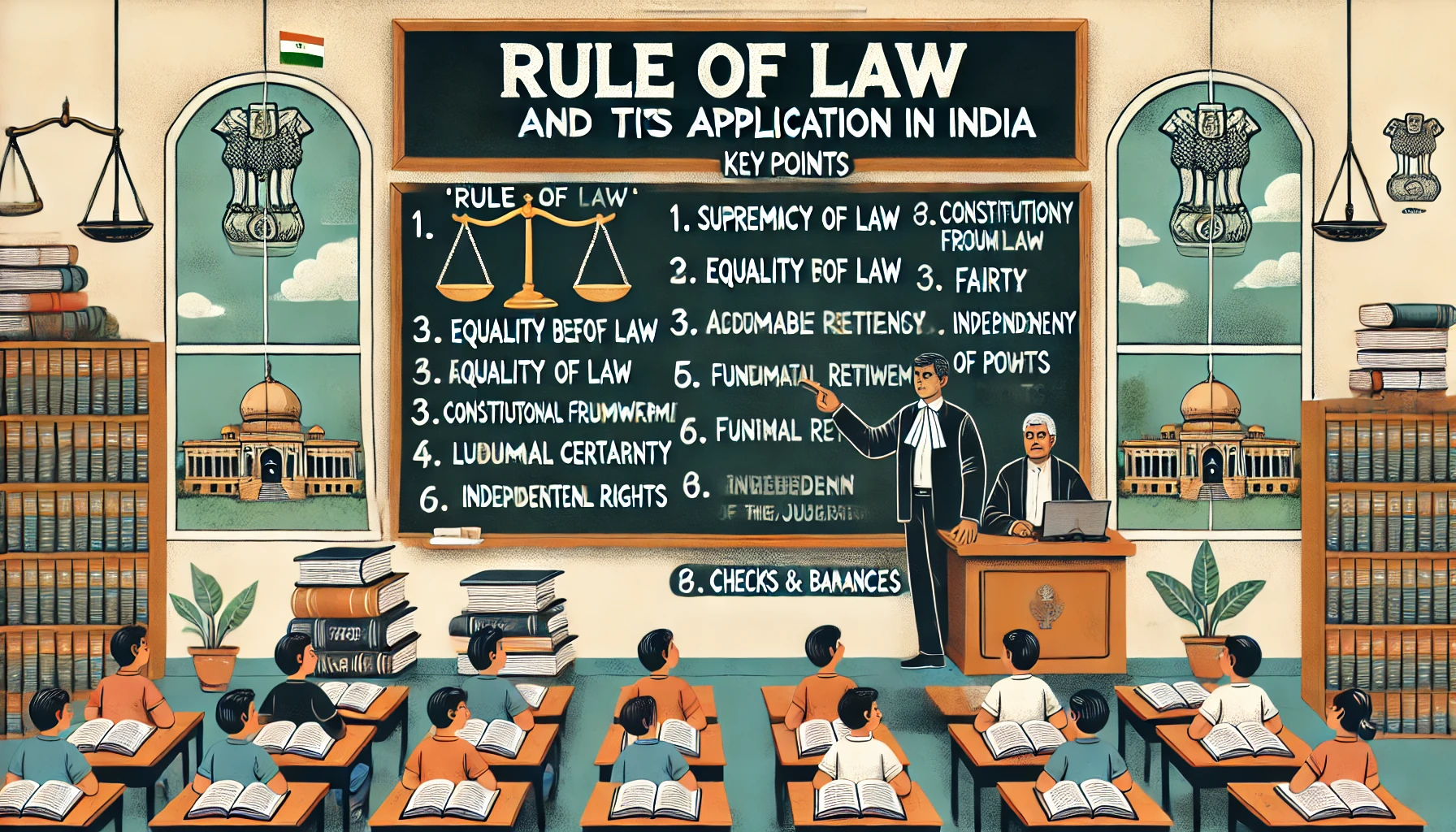



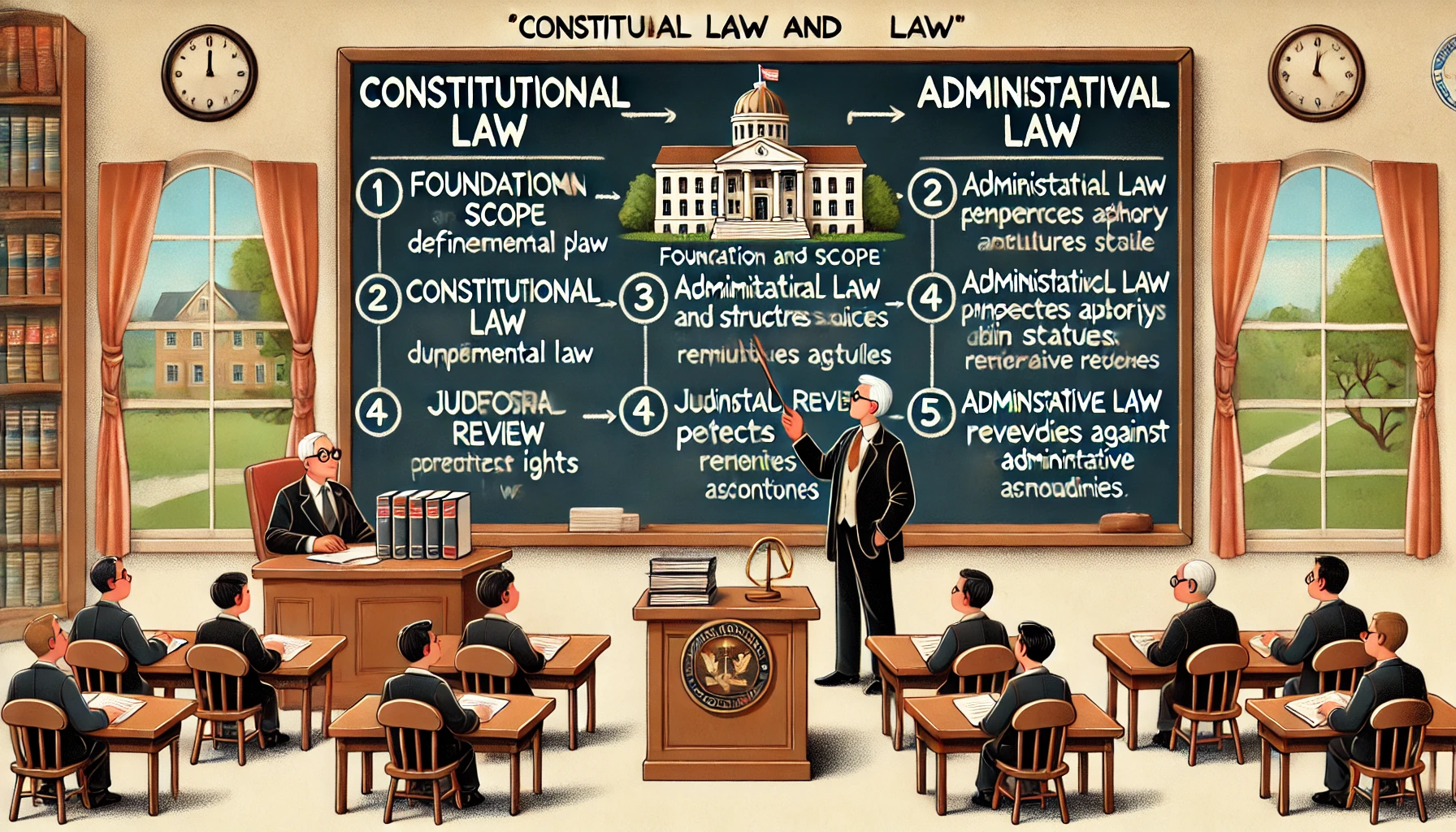
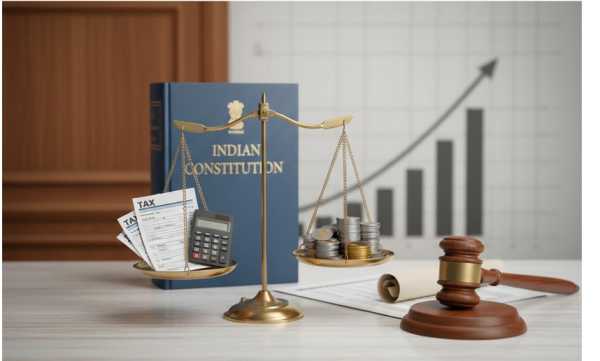


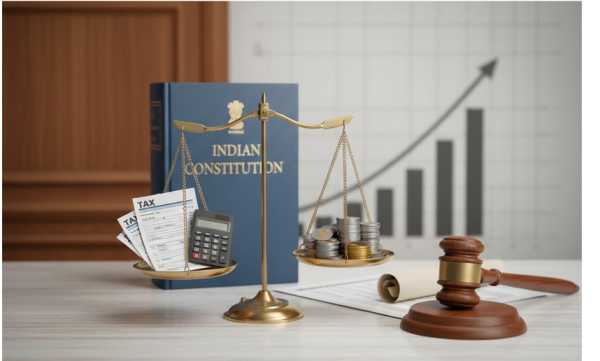




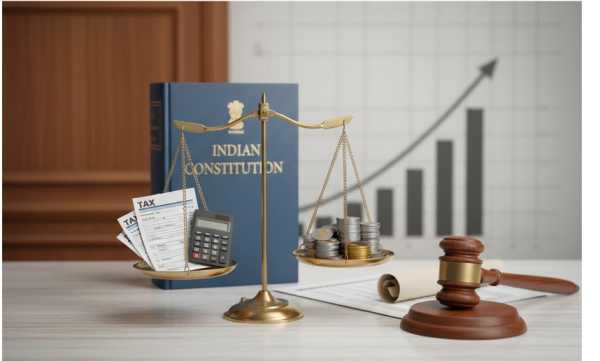

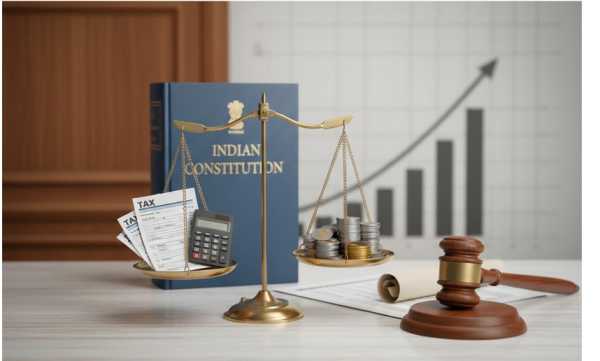

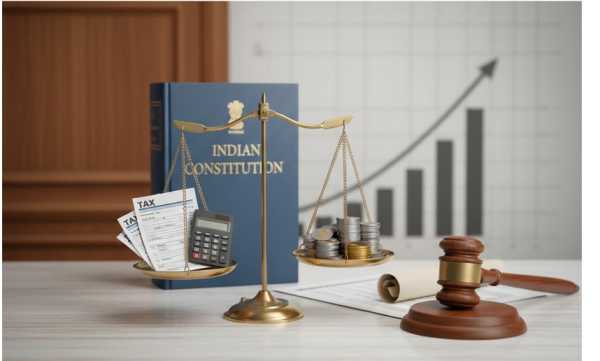
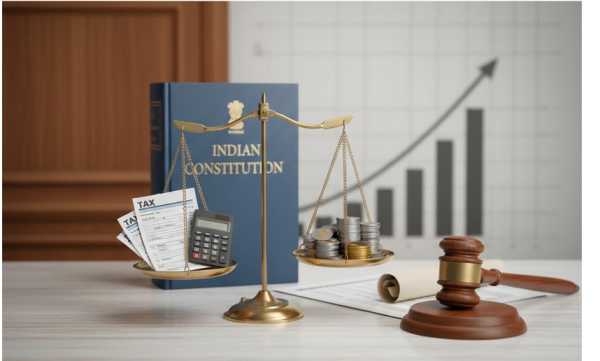
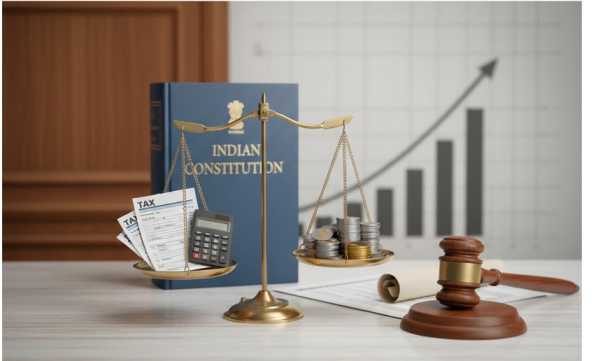
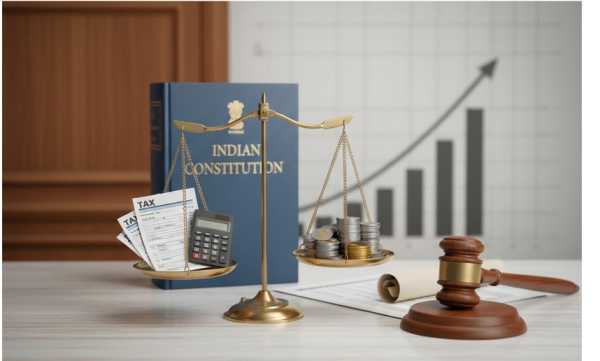
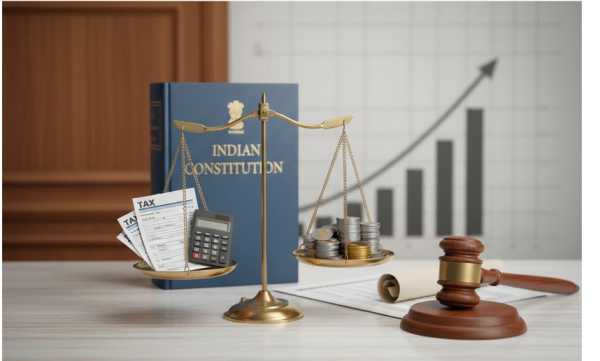






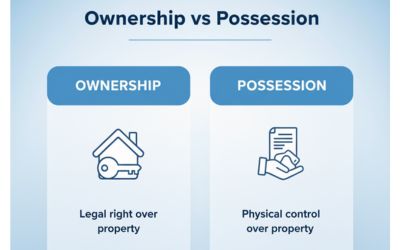



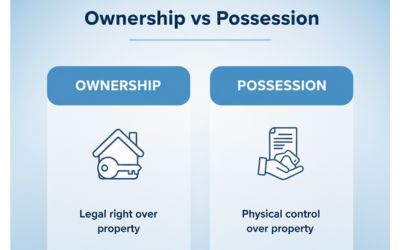

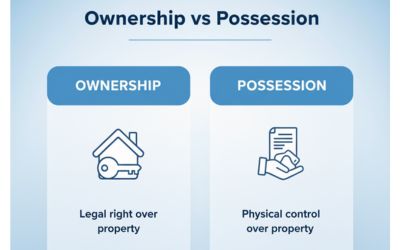

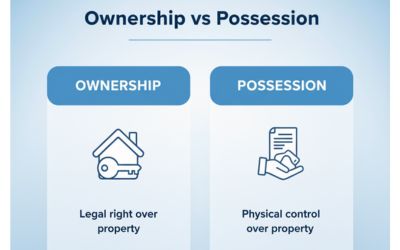






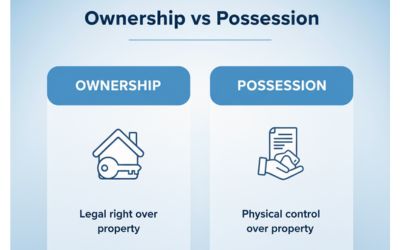




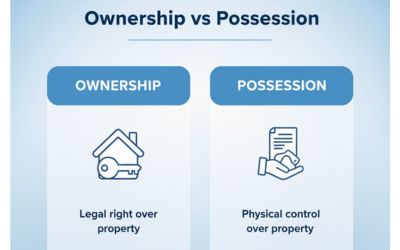
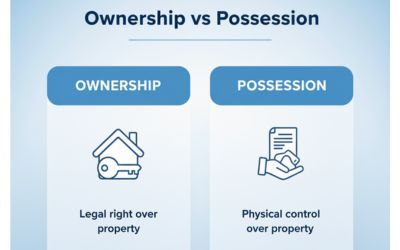










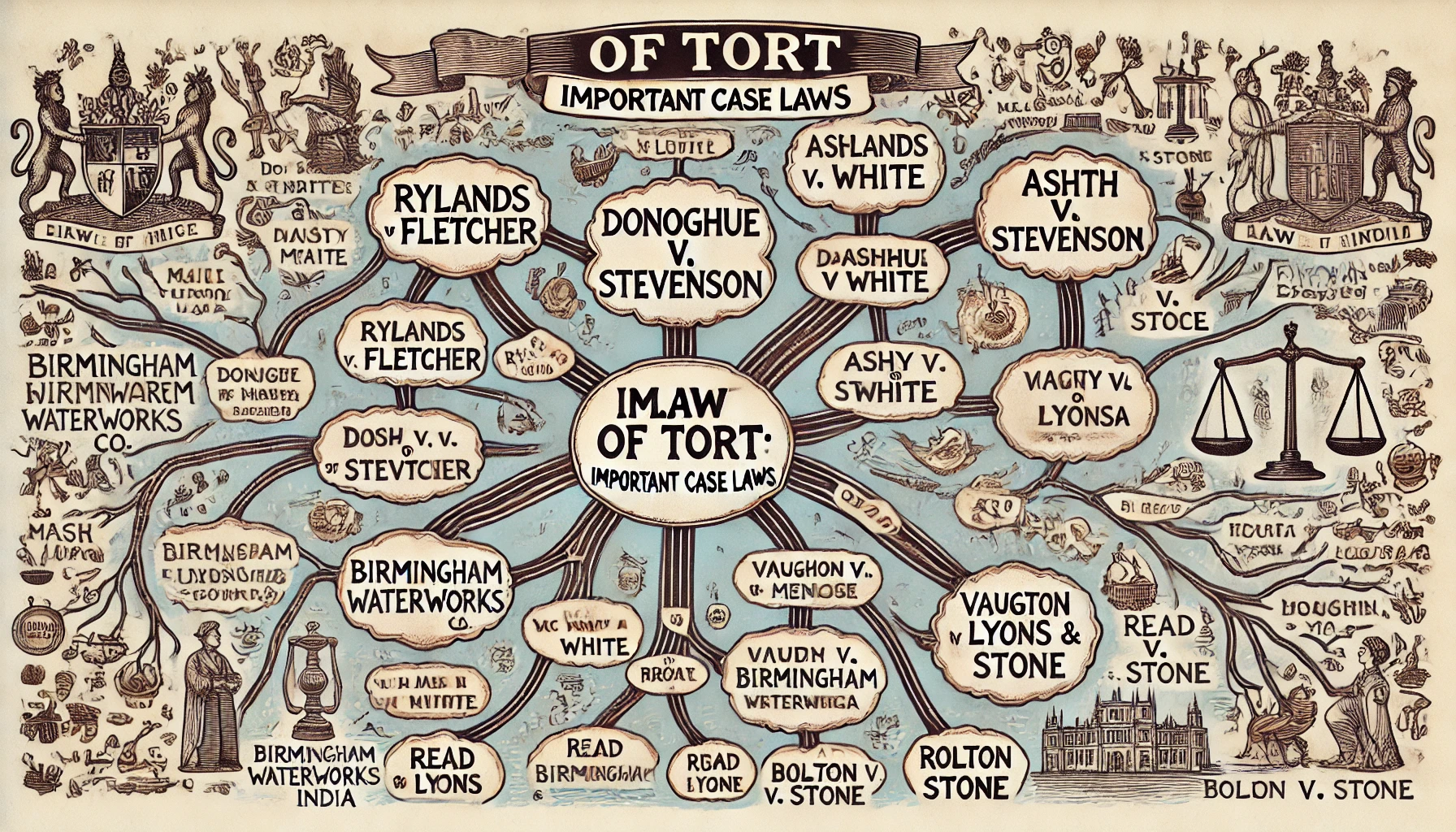
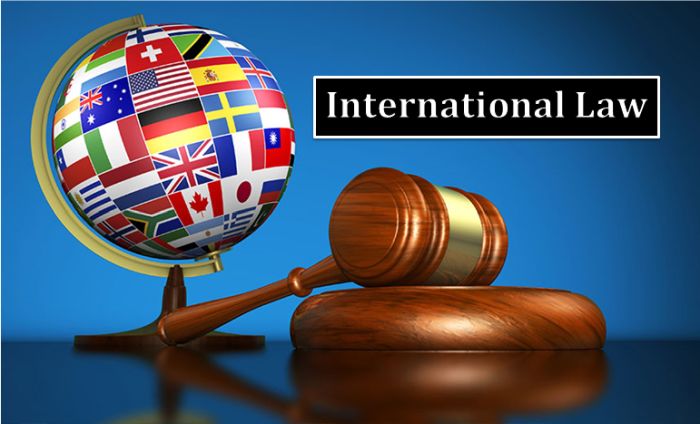
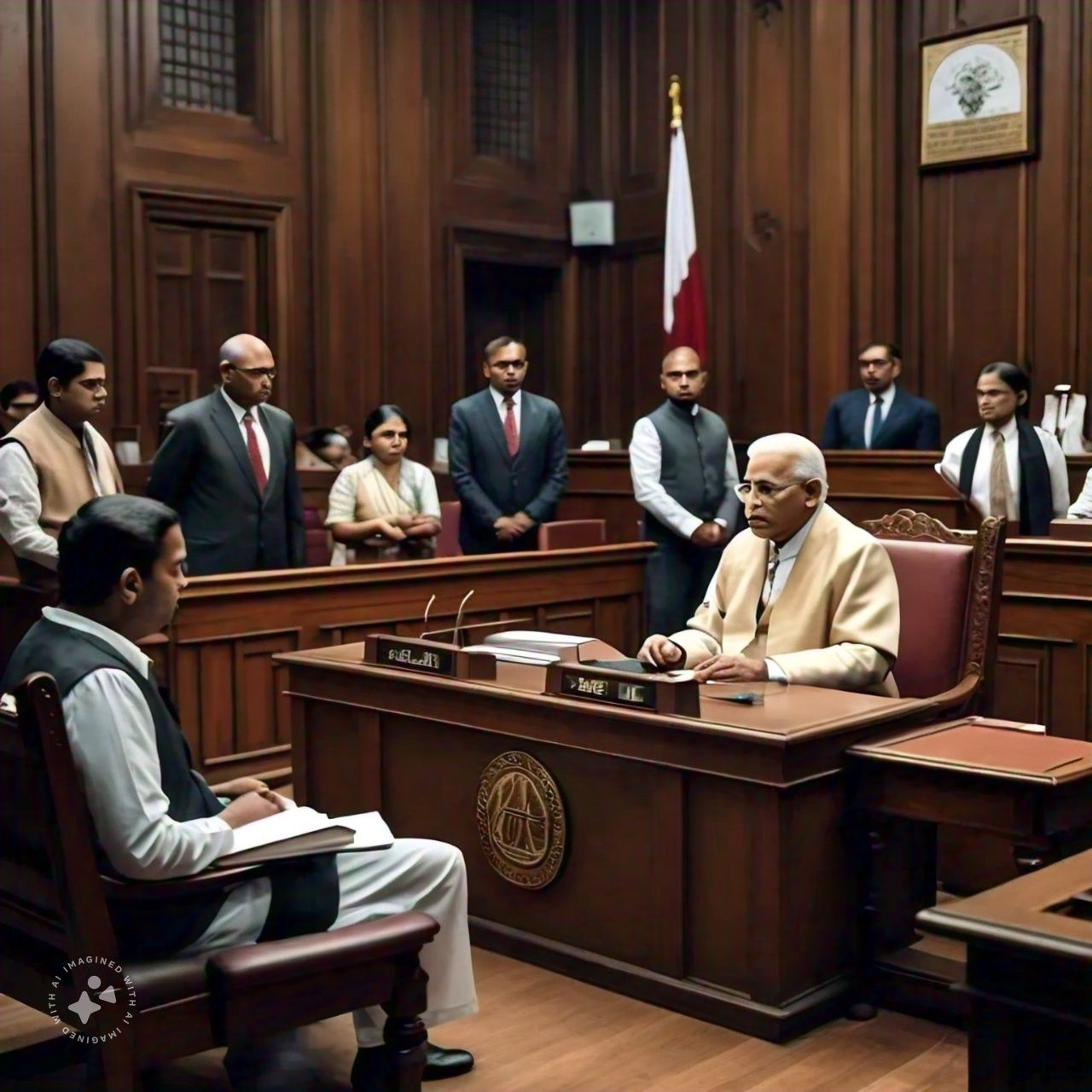



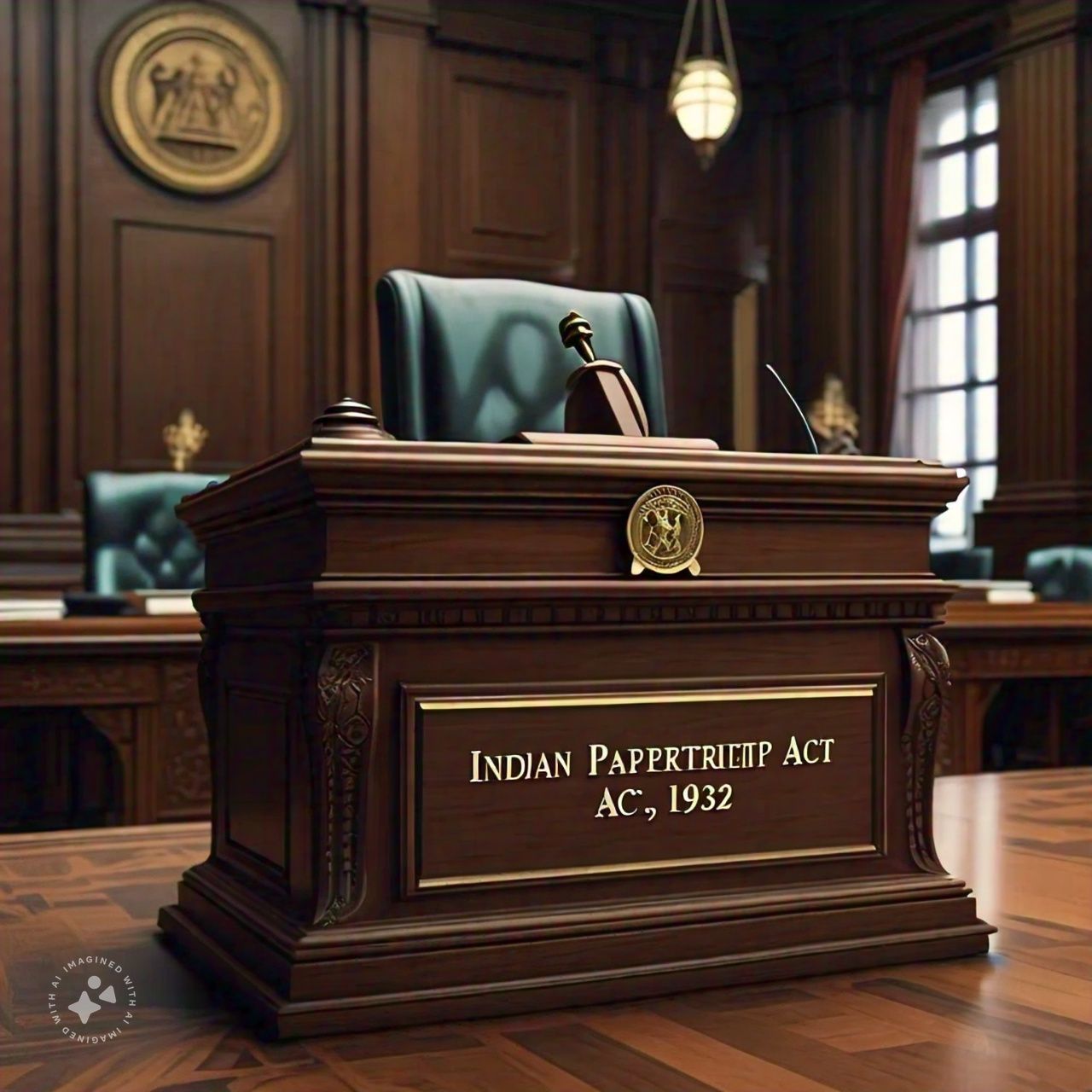





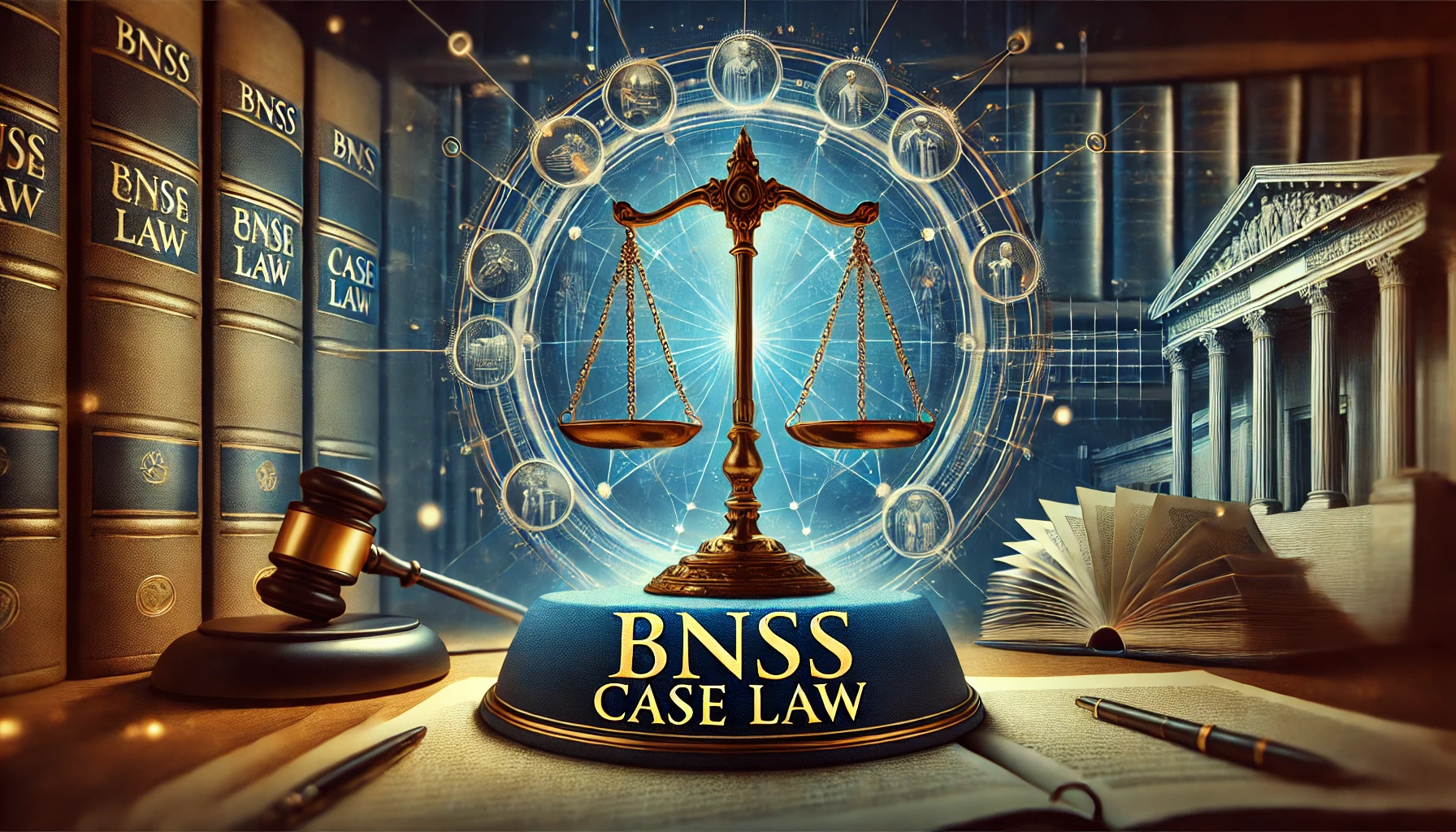



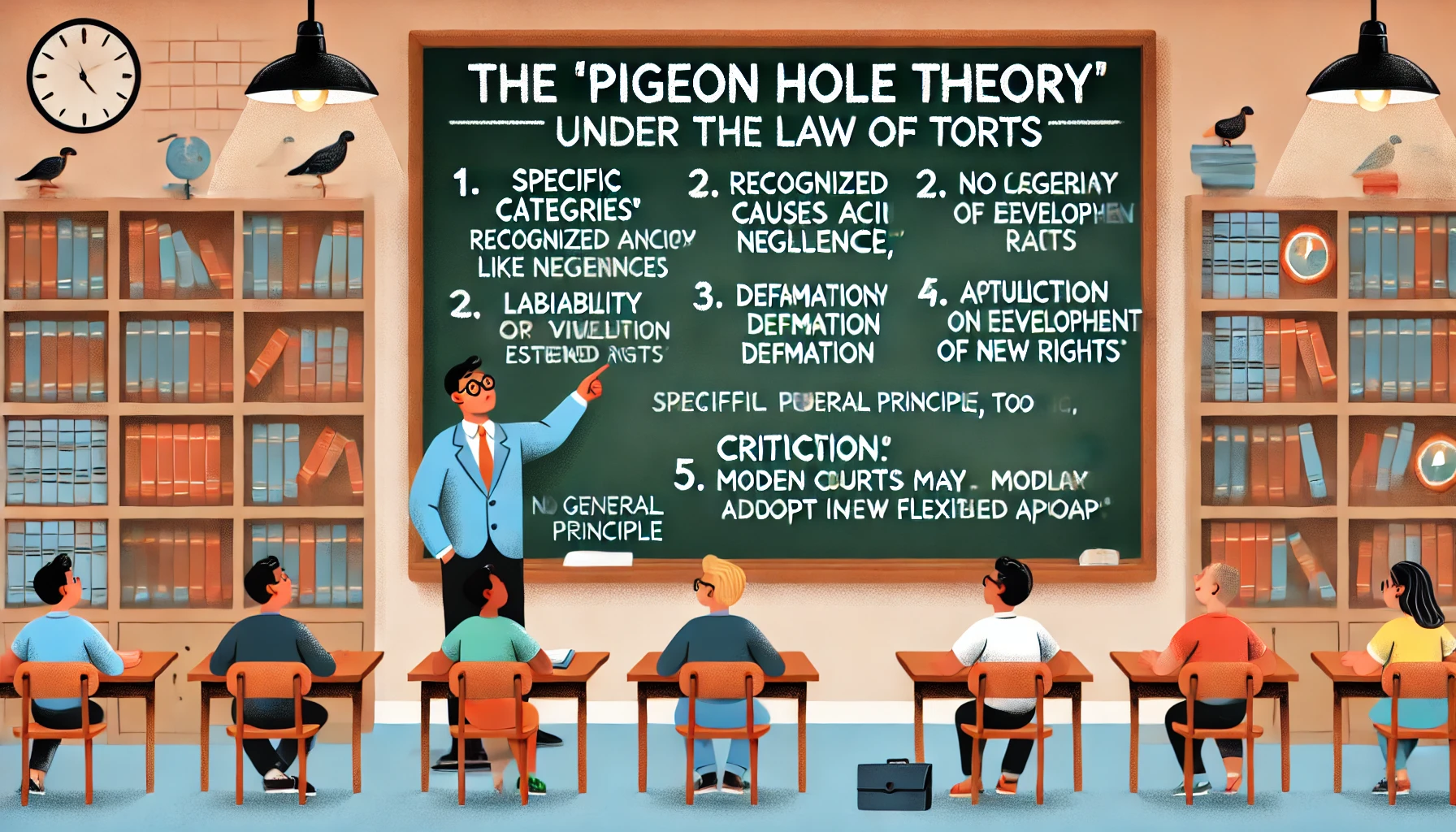

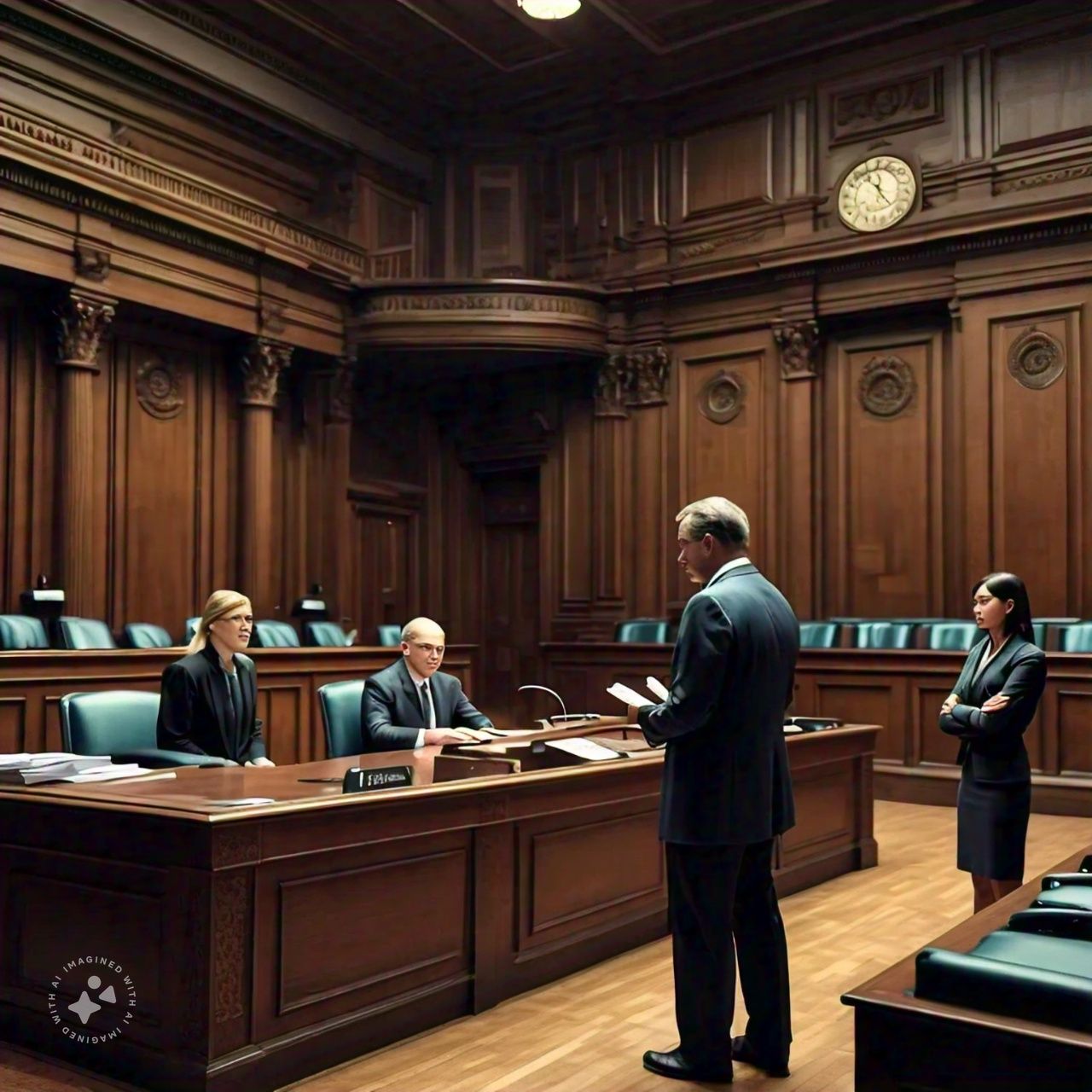

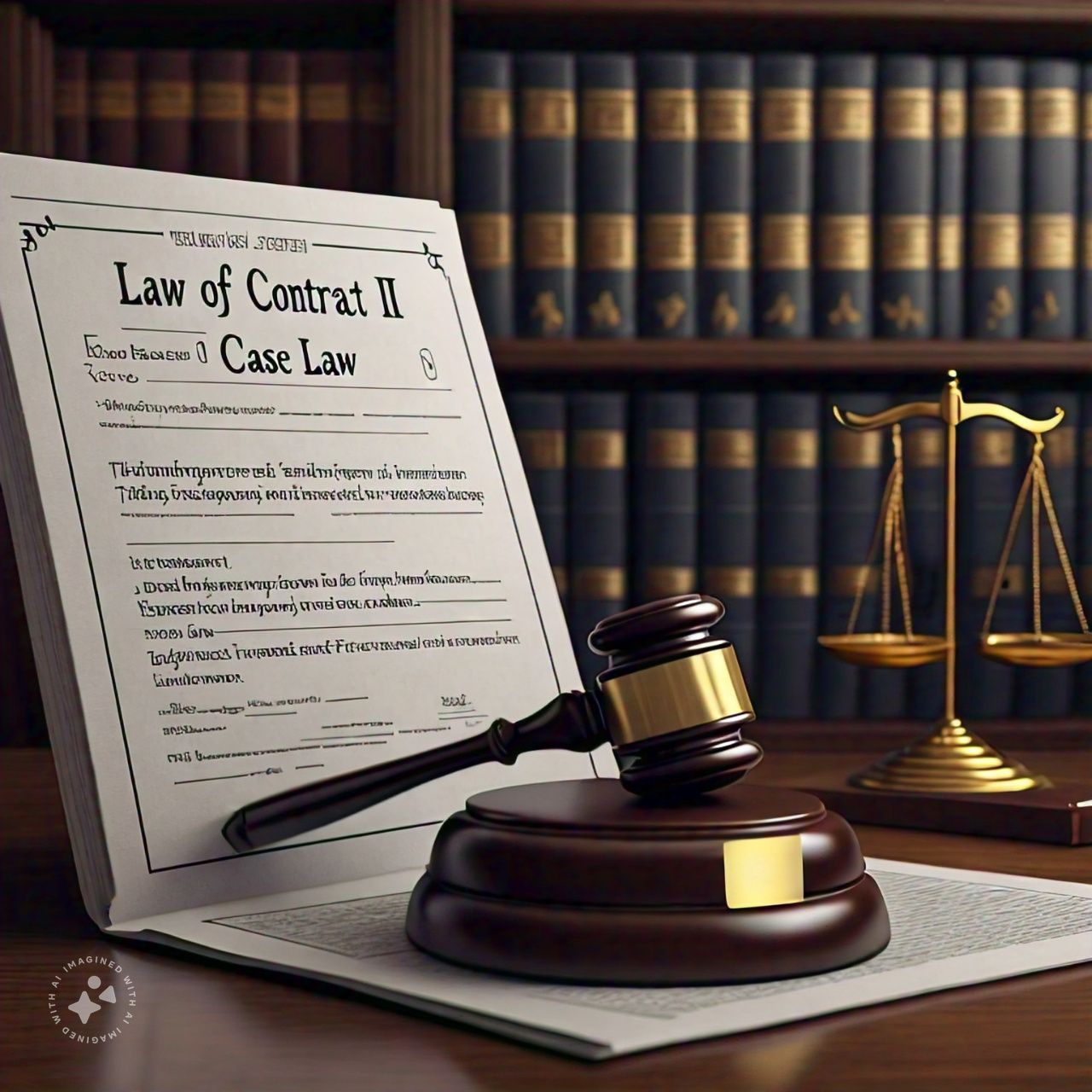
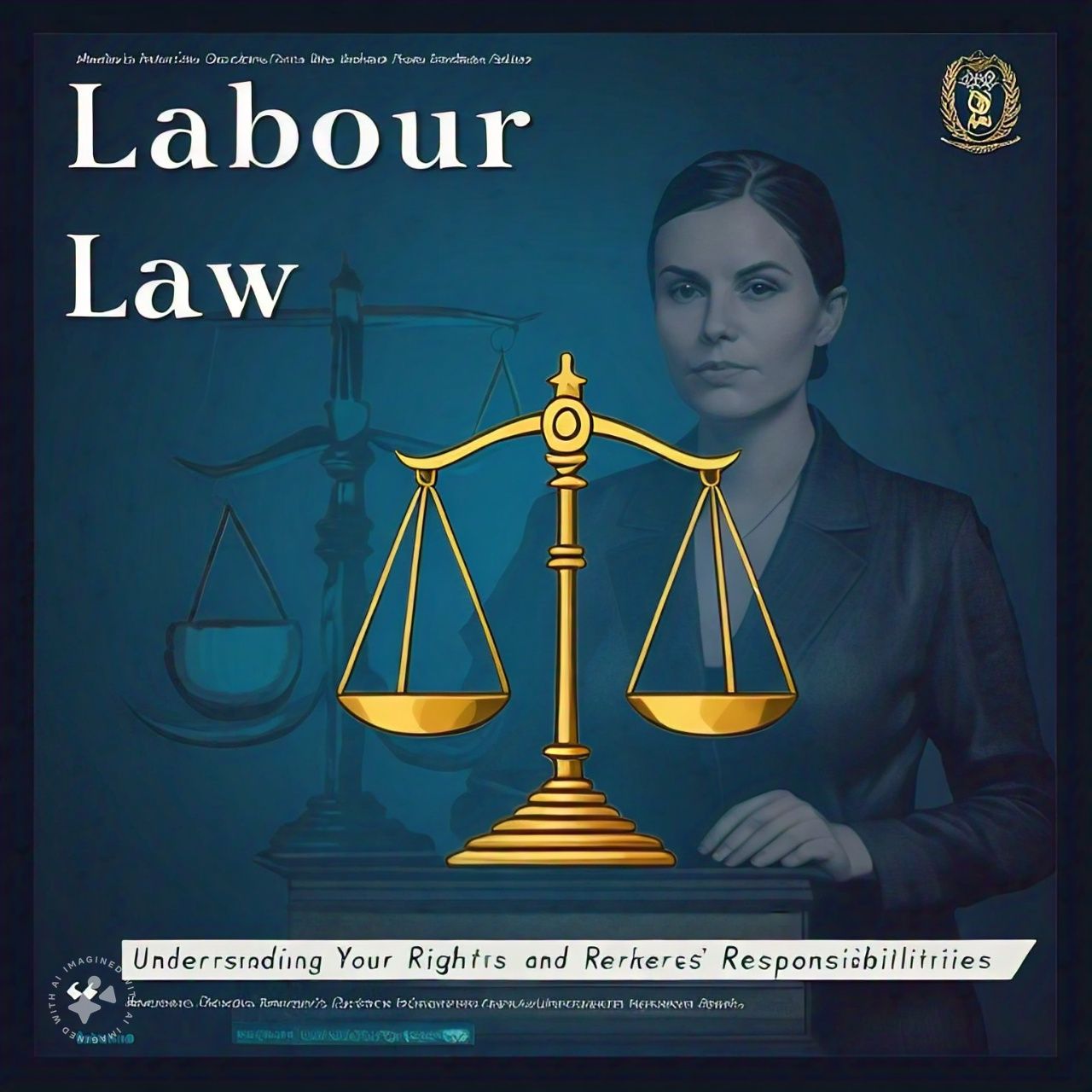




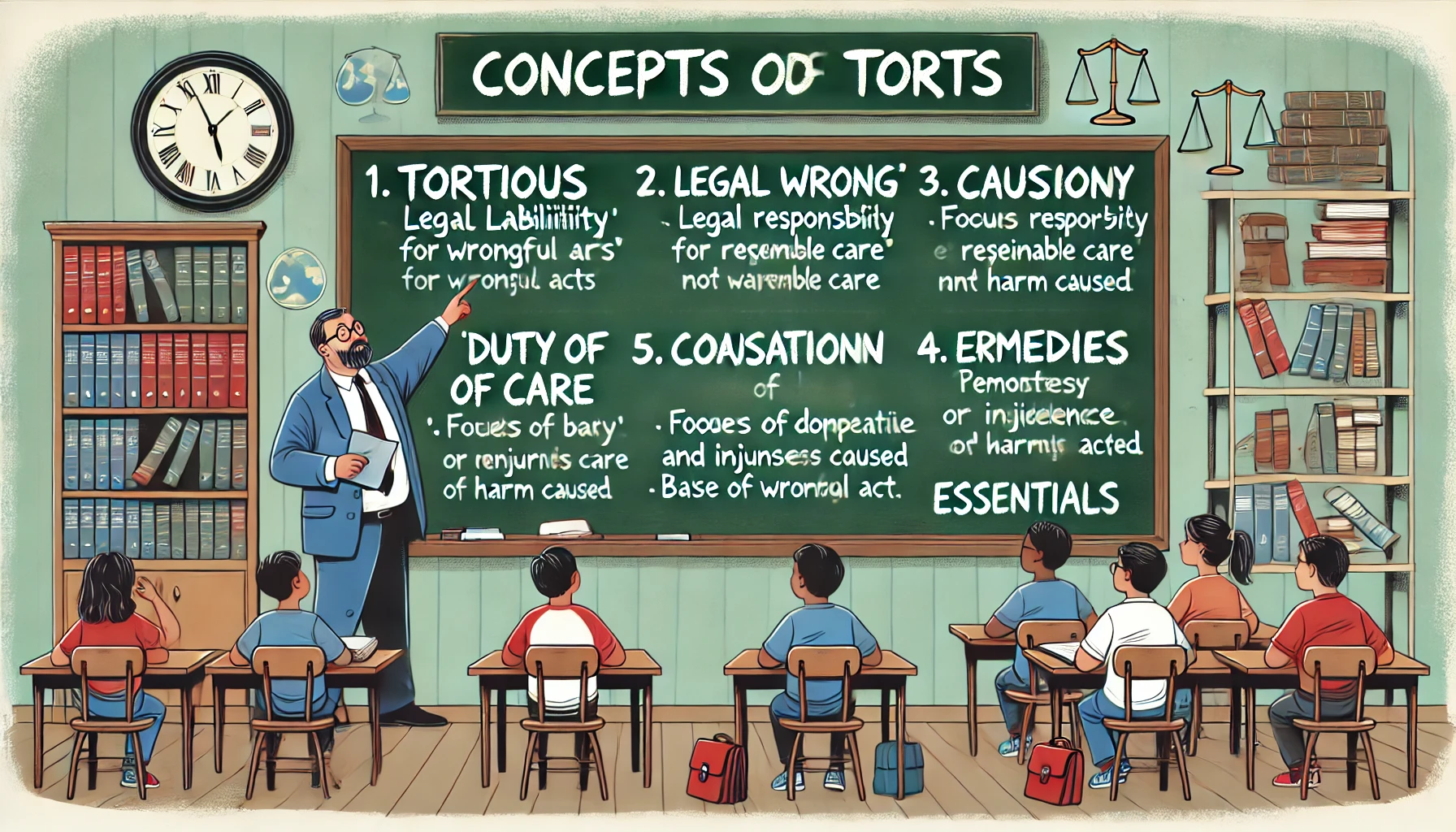



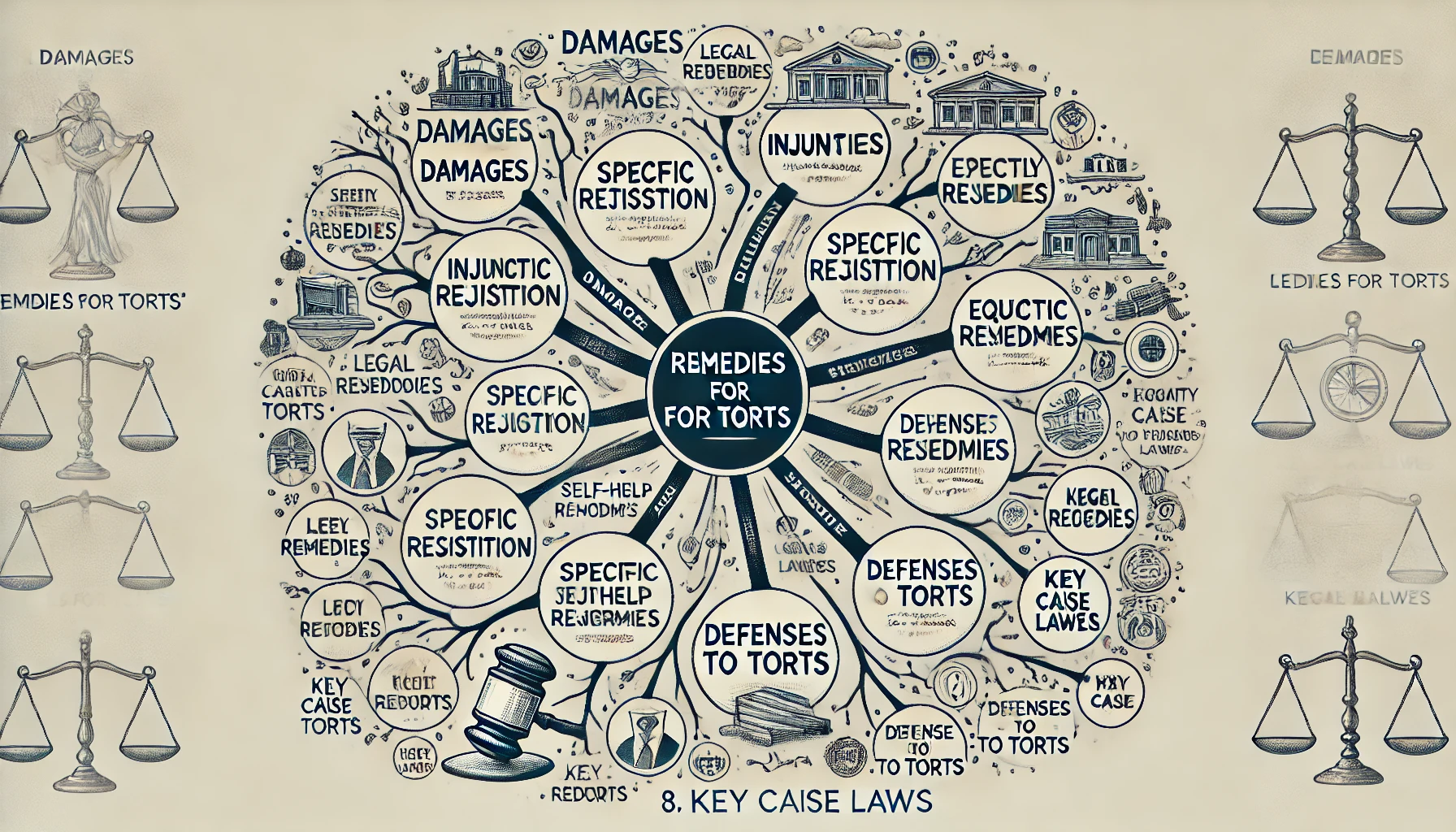


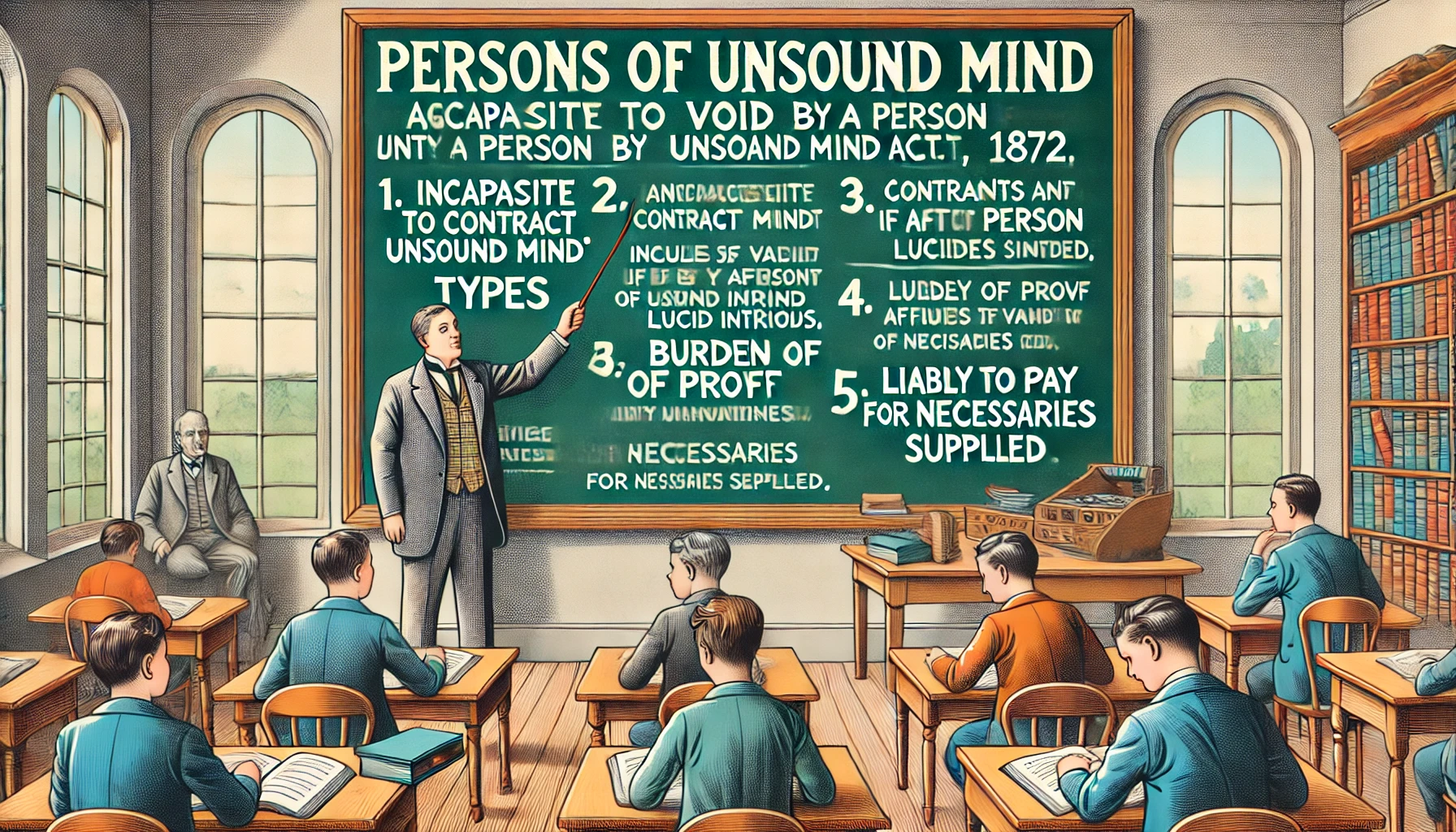






Comment
Nothing for now